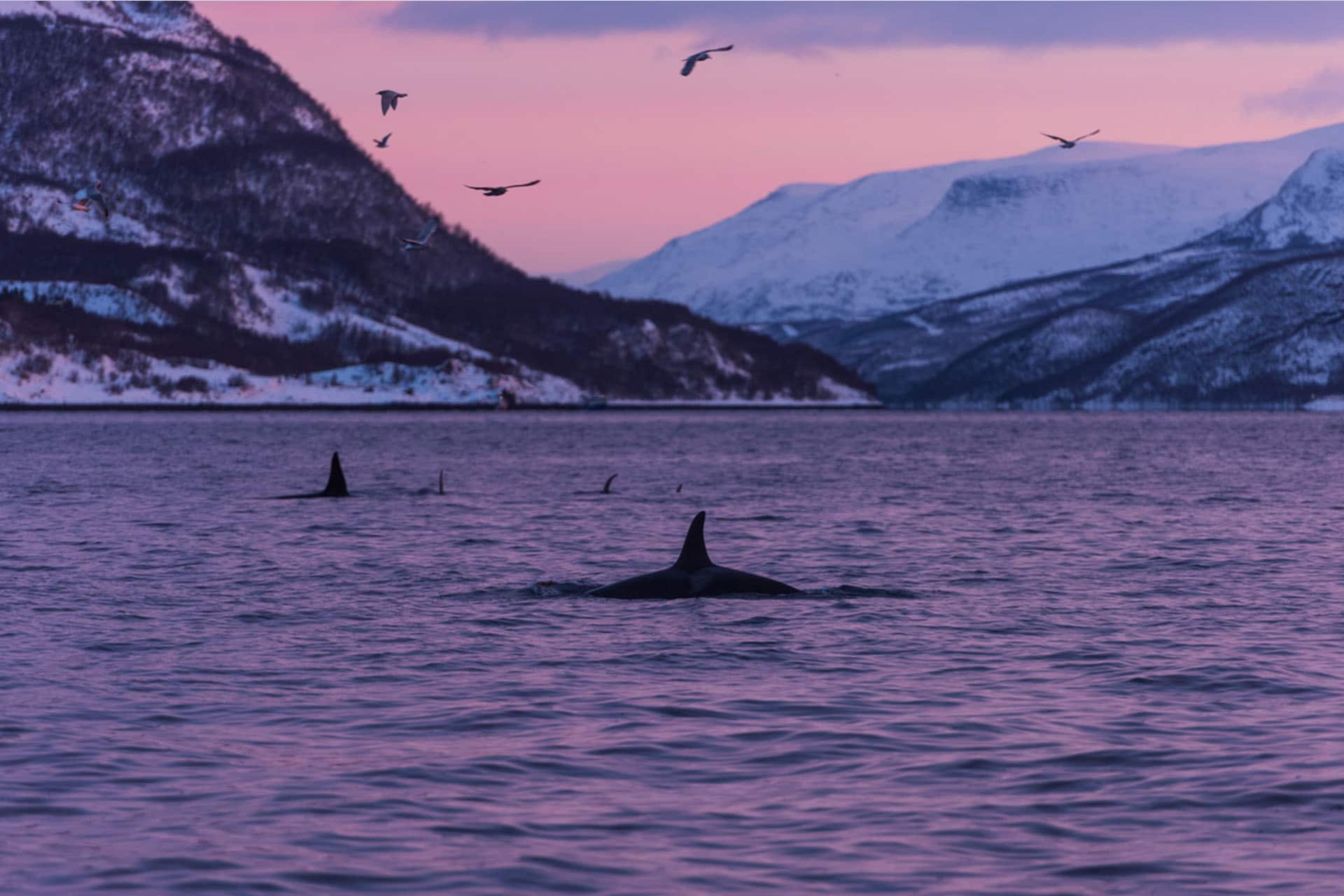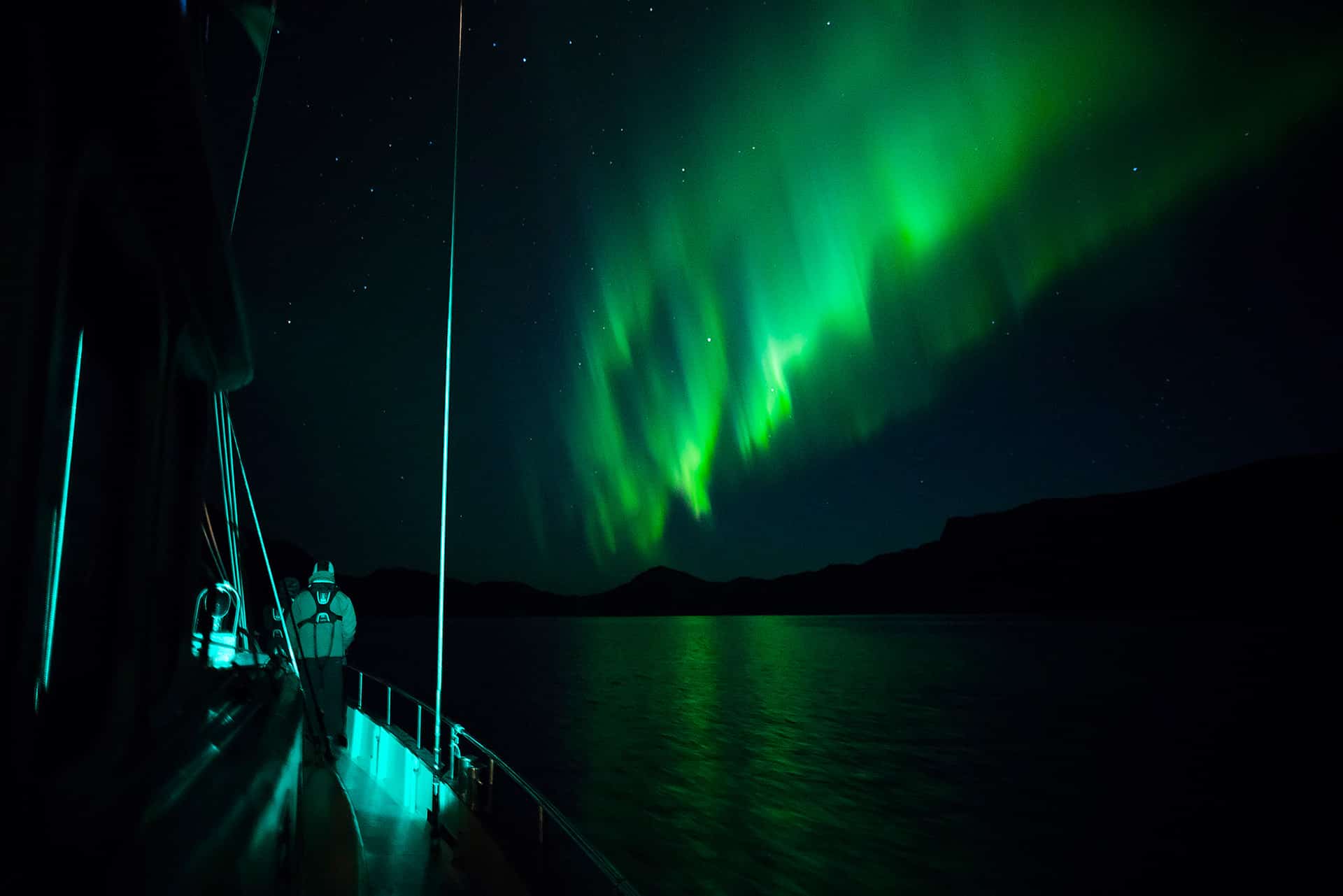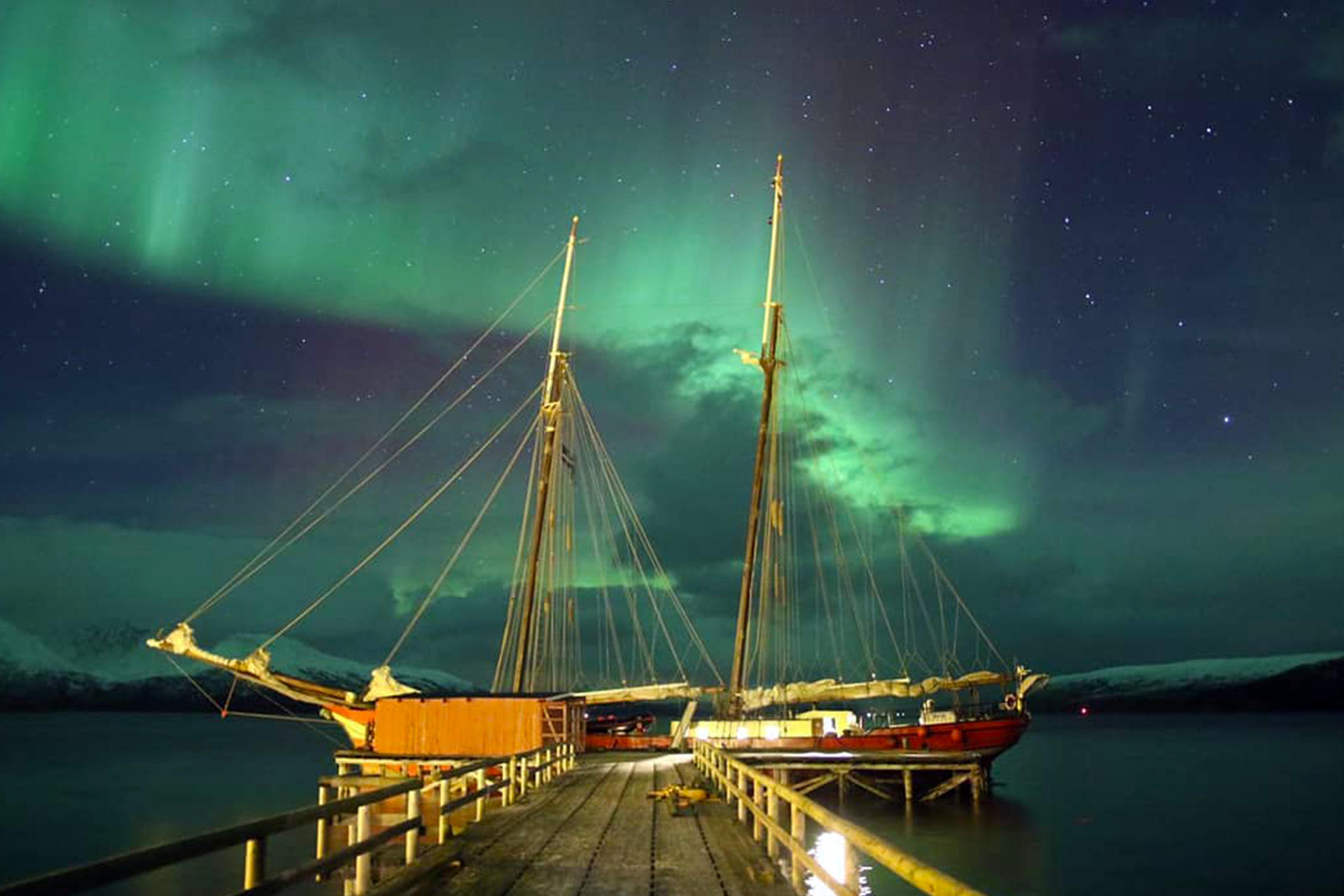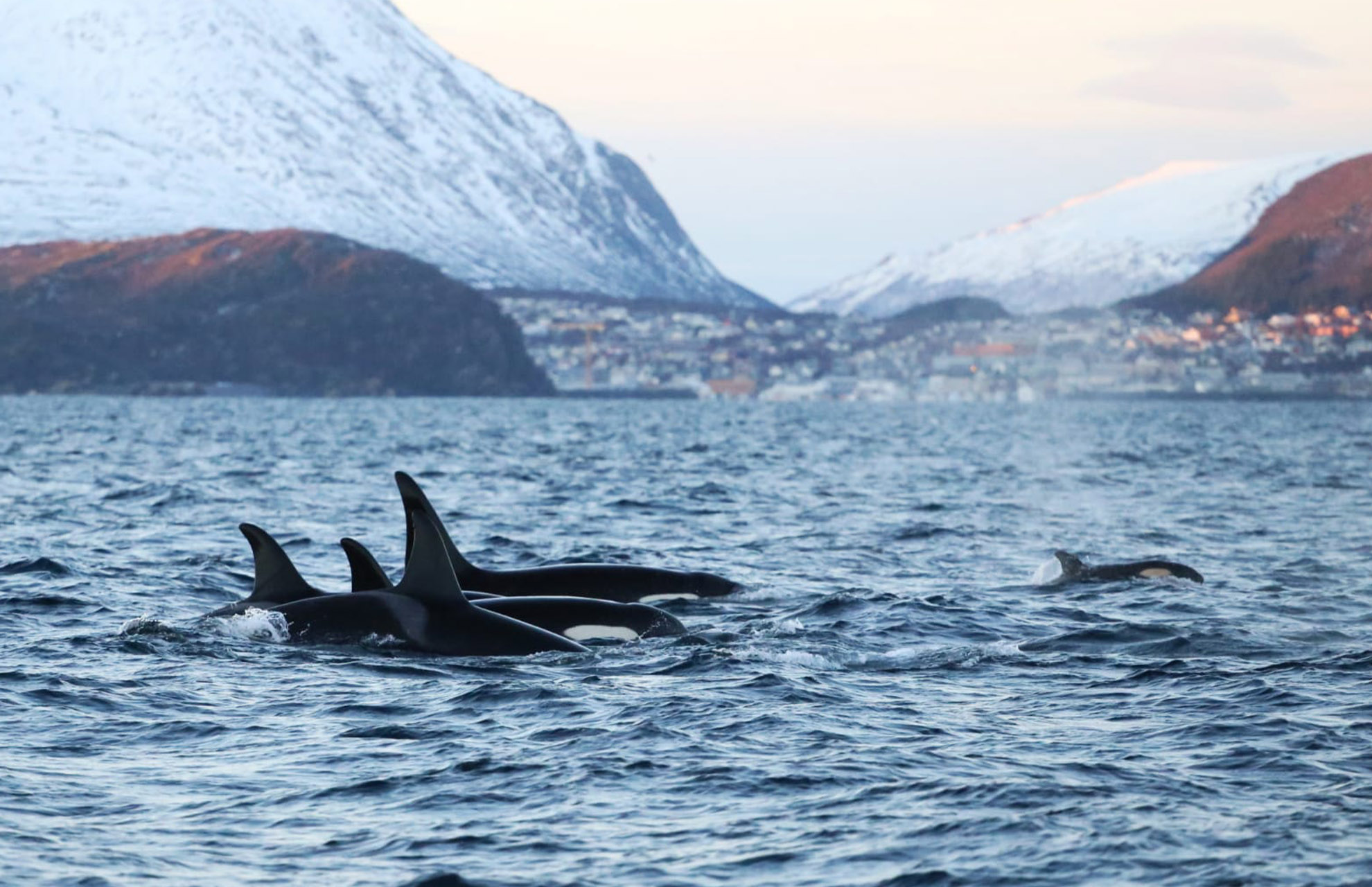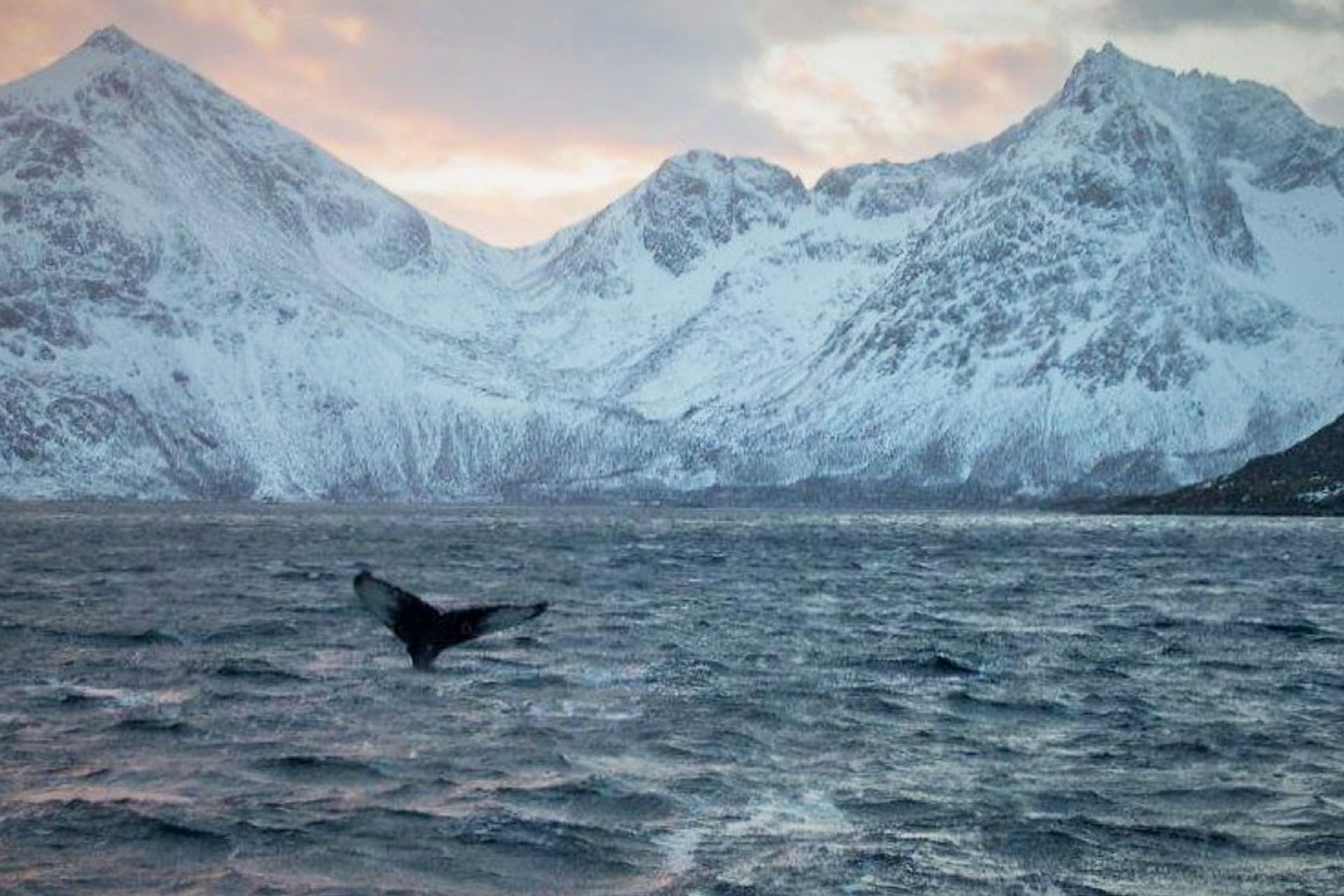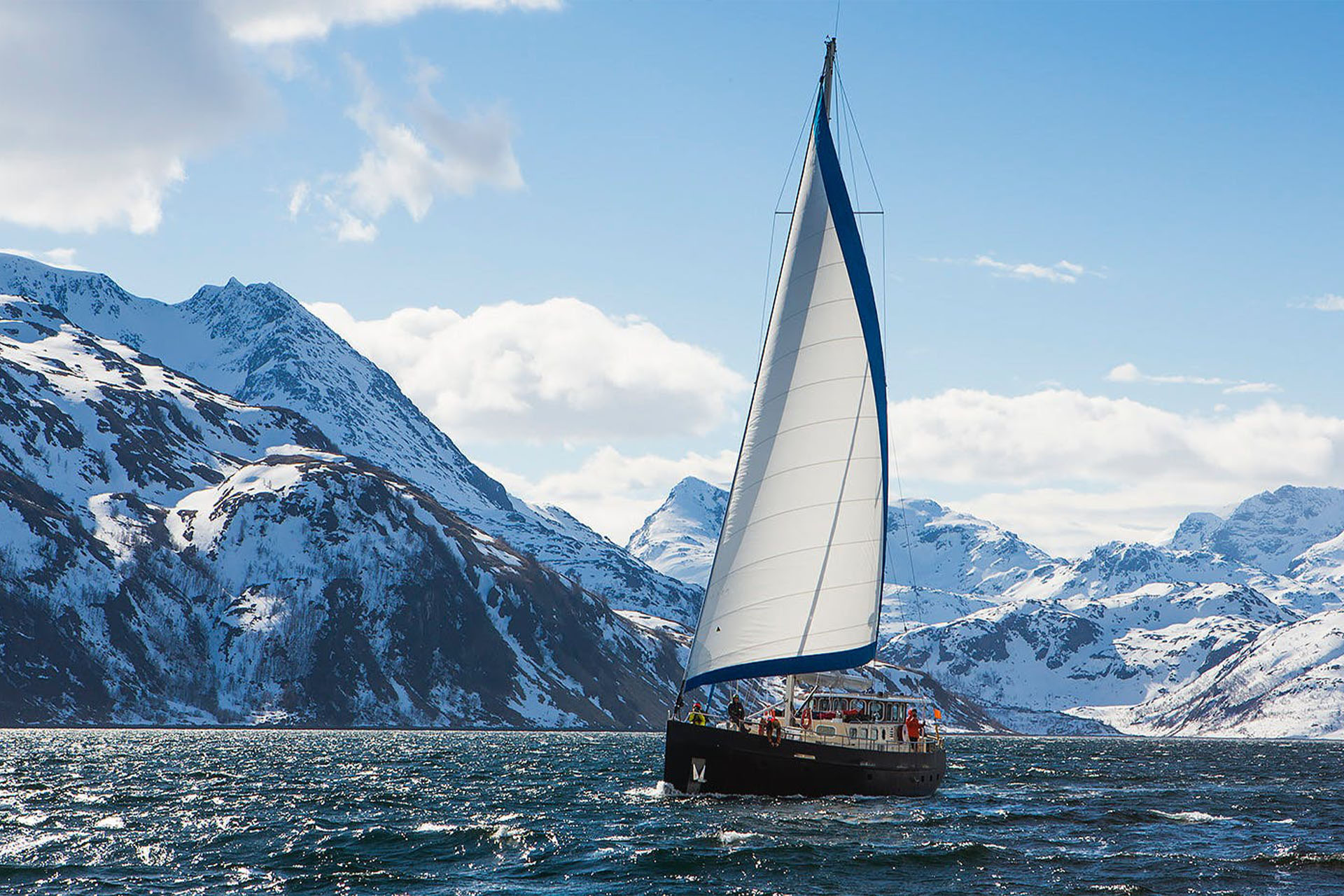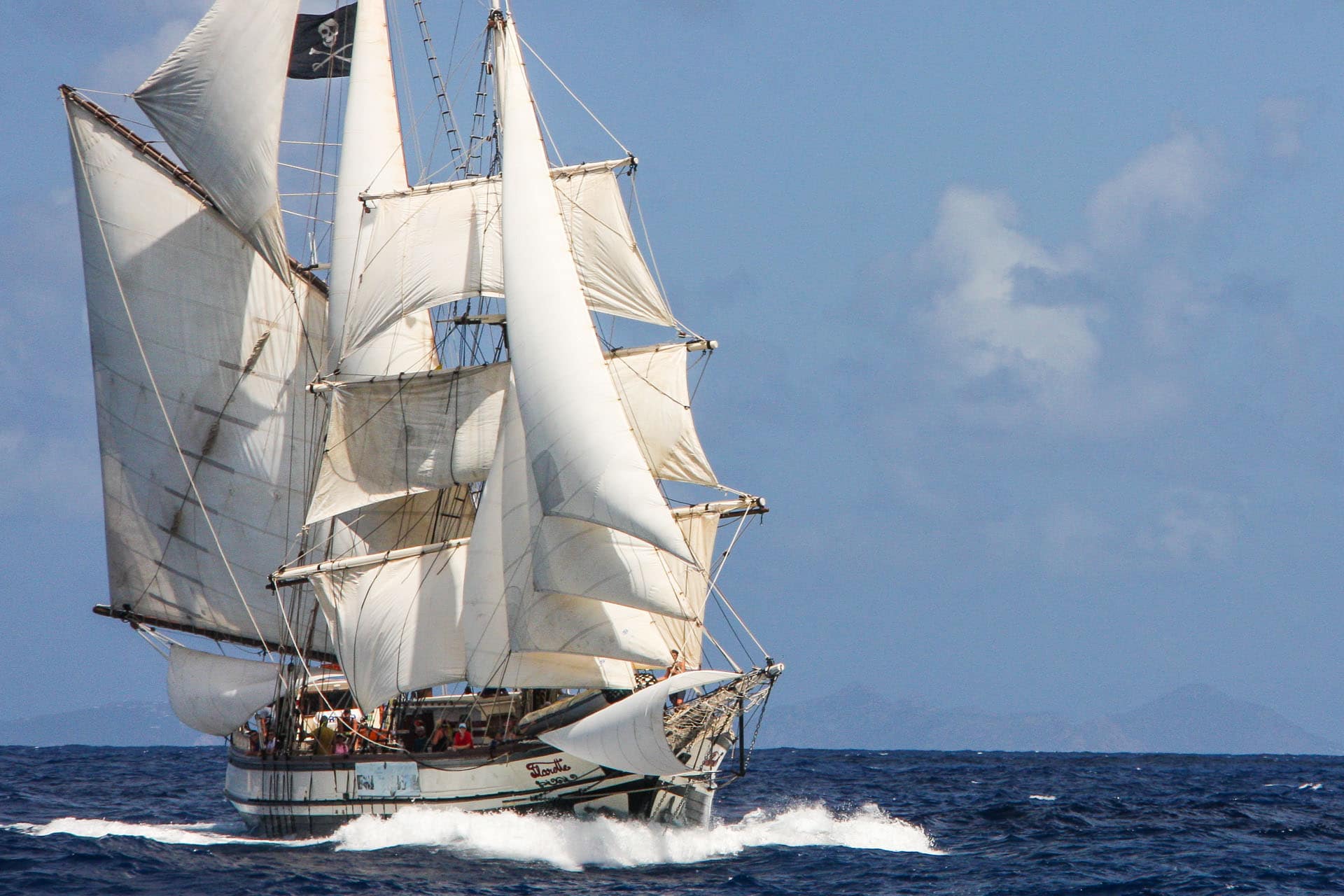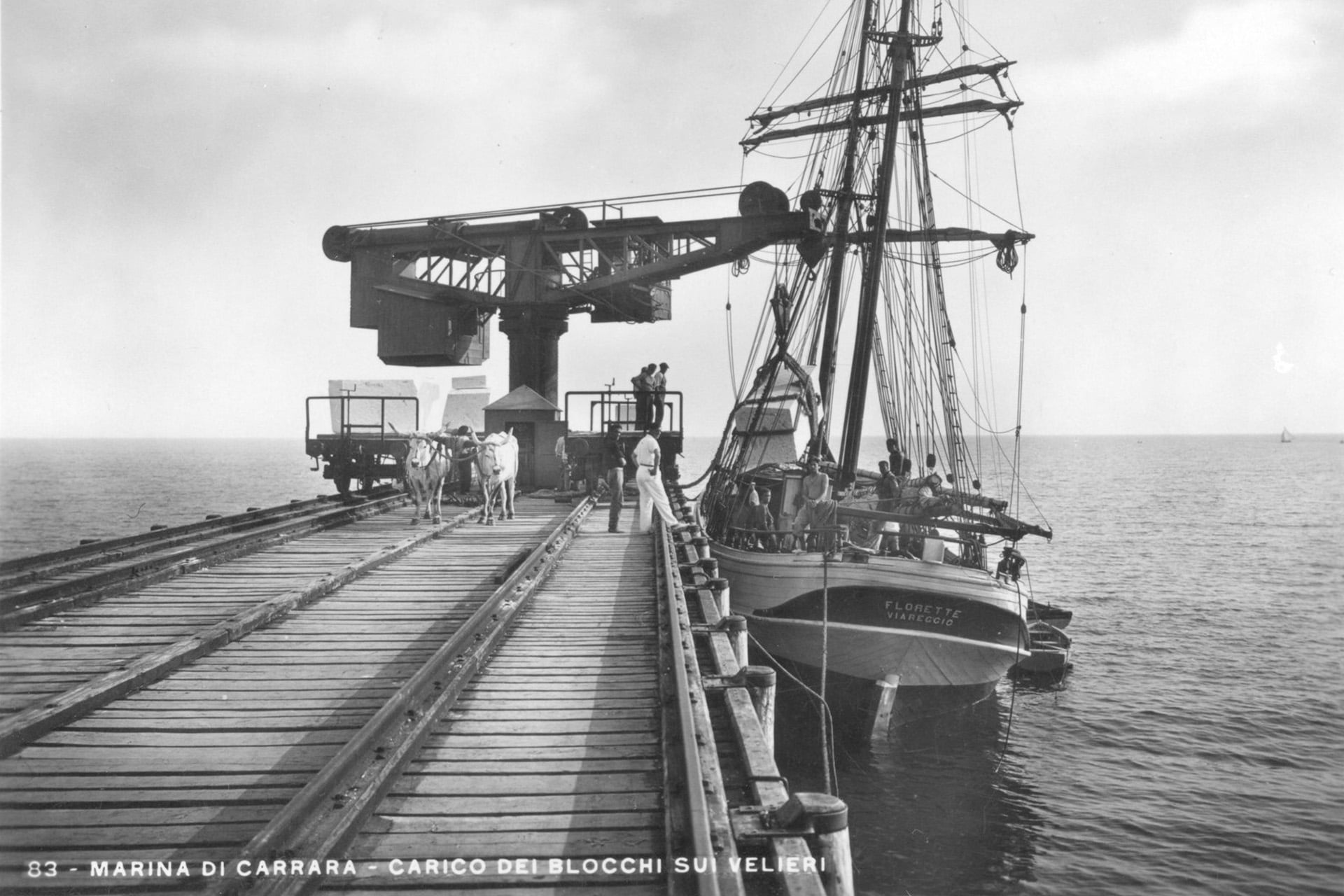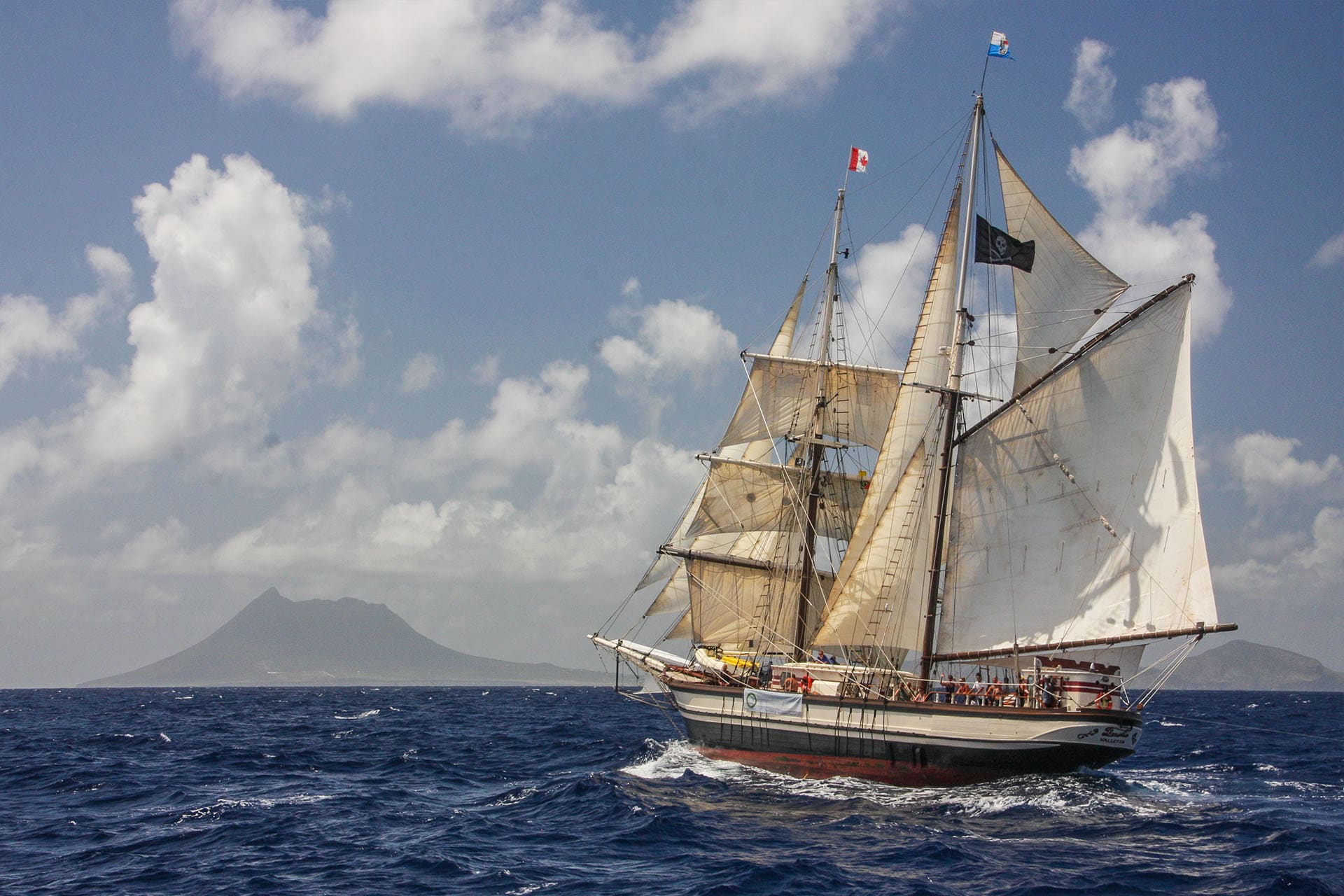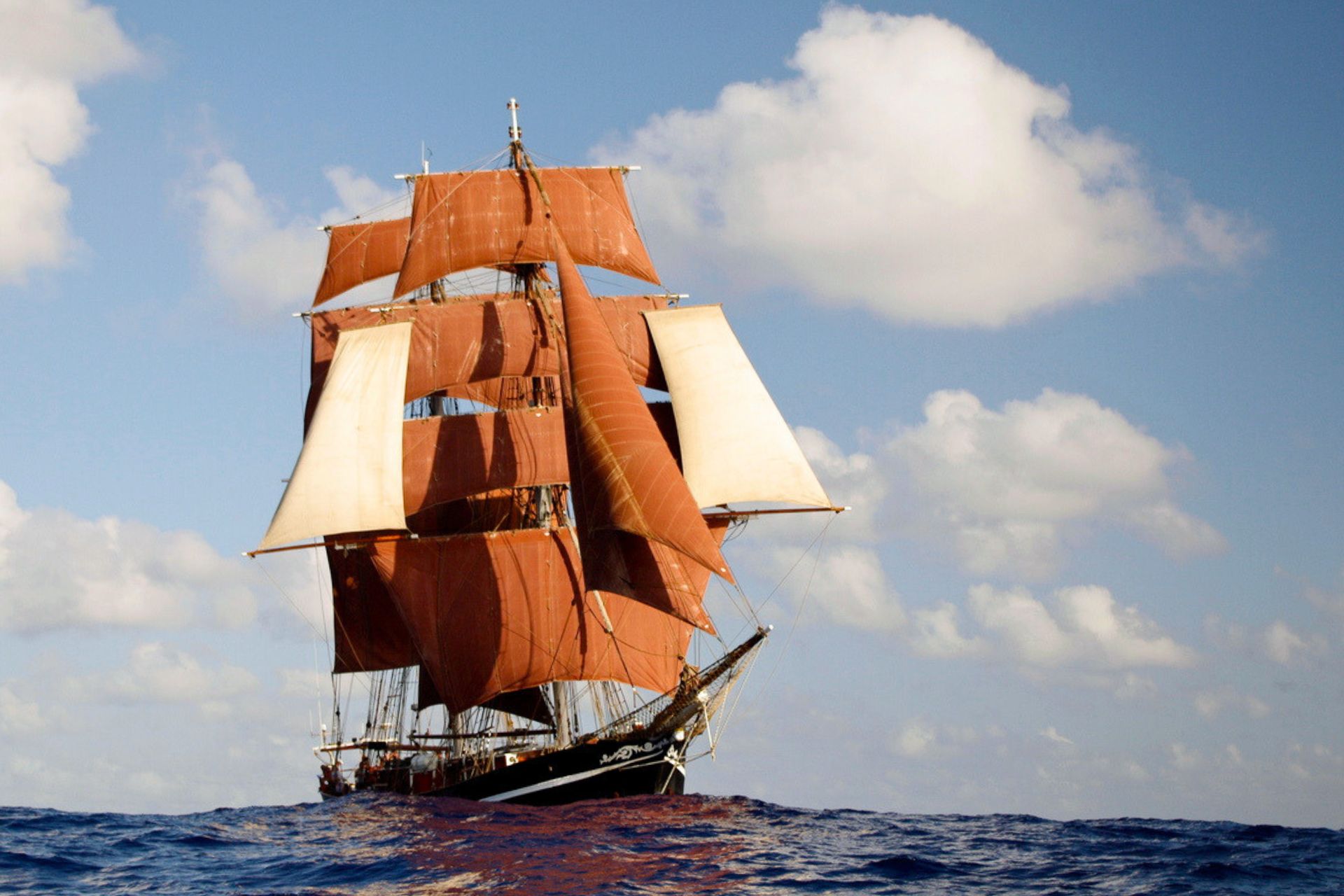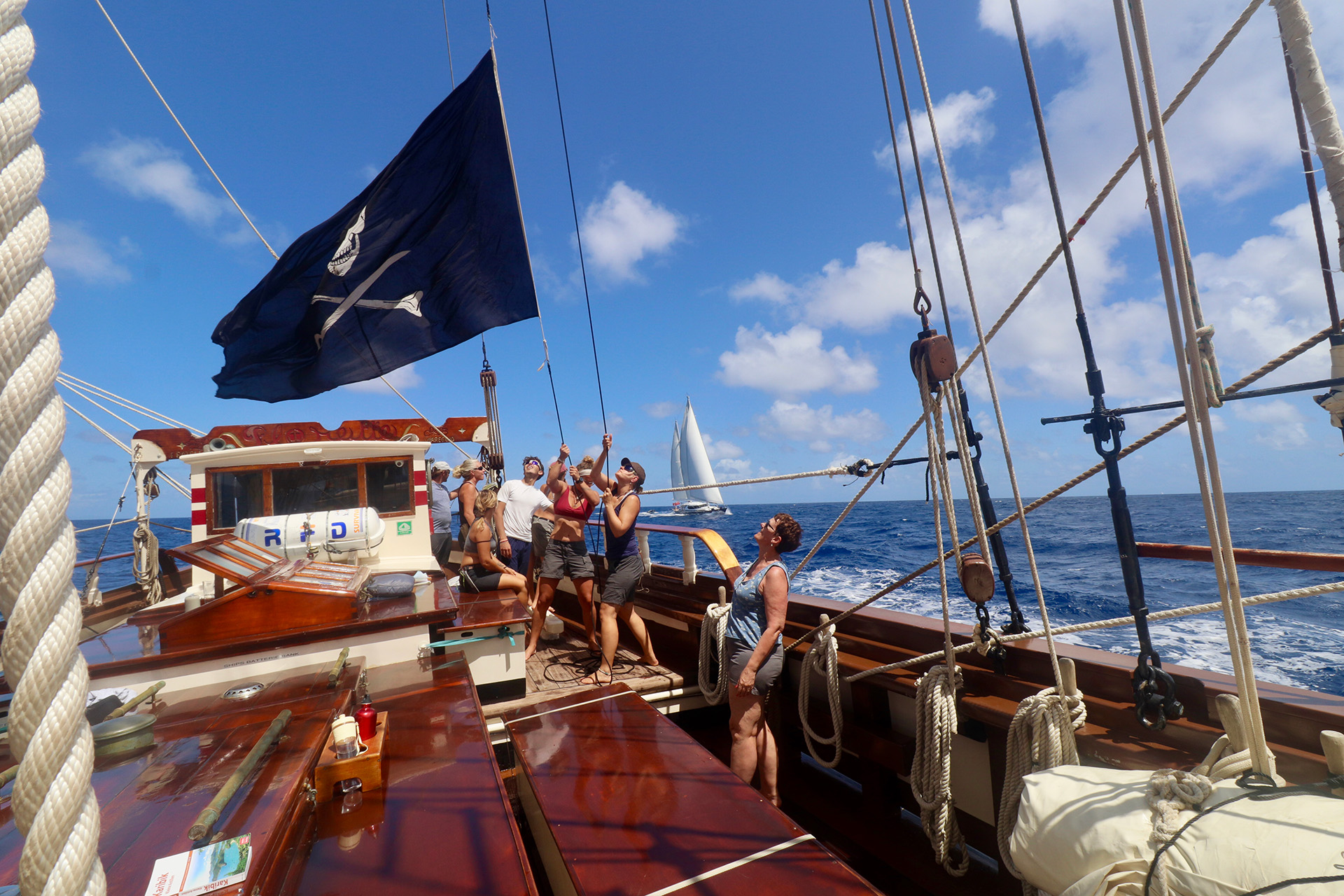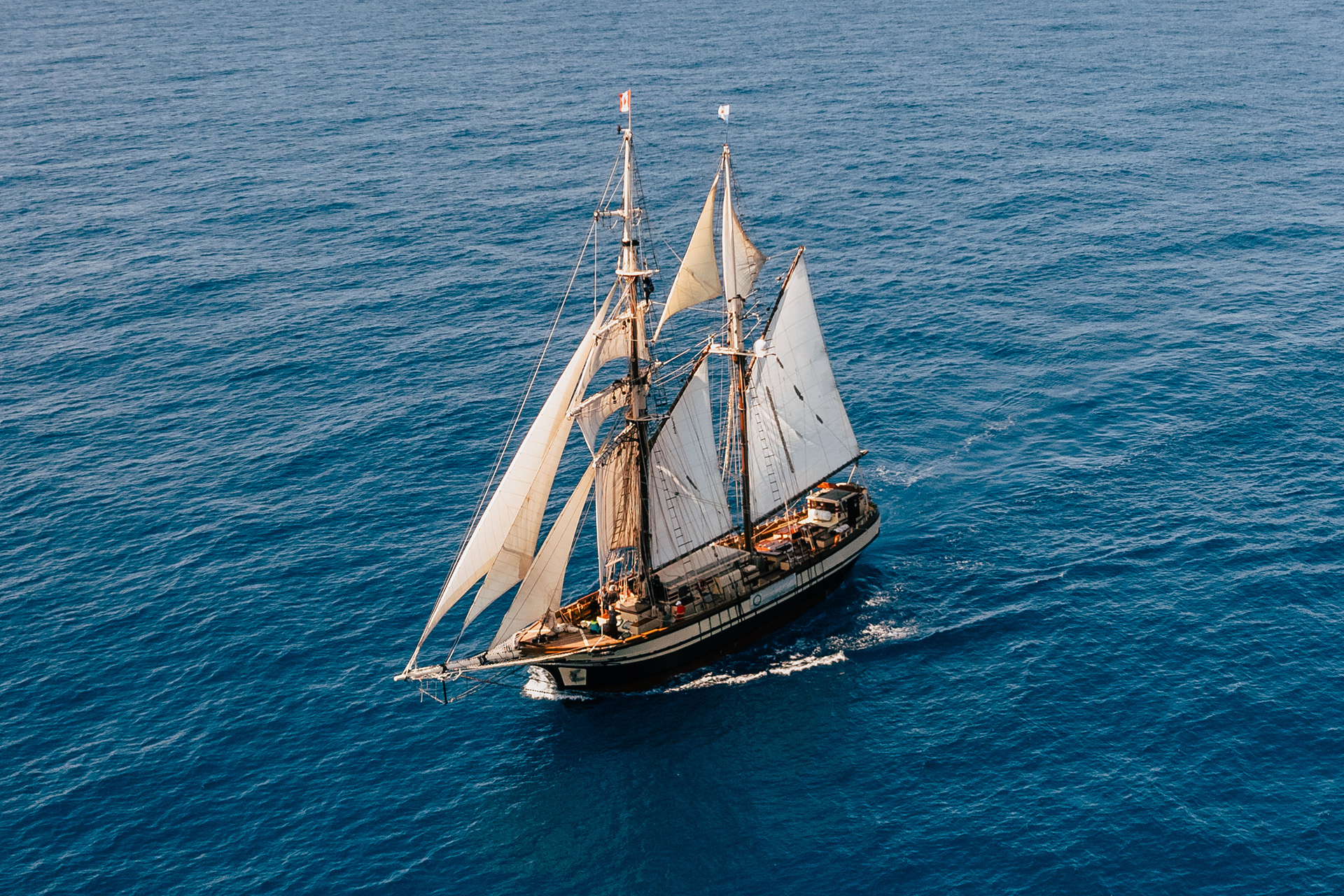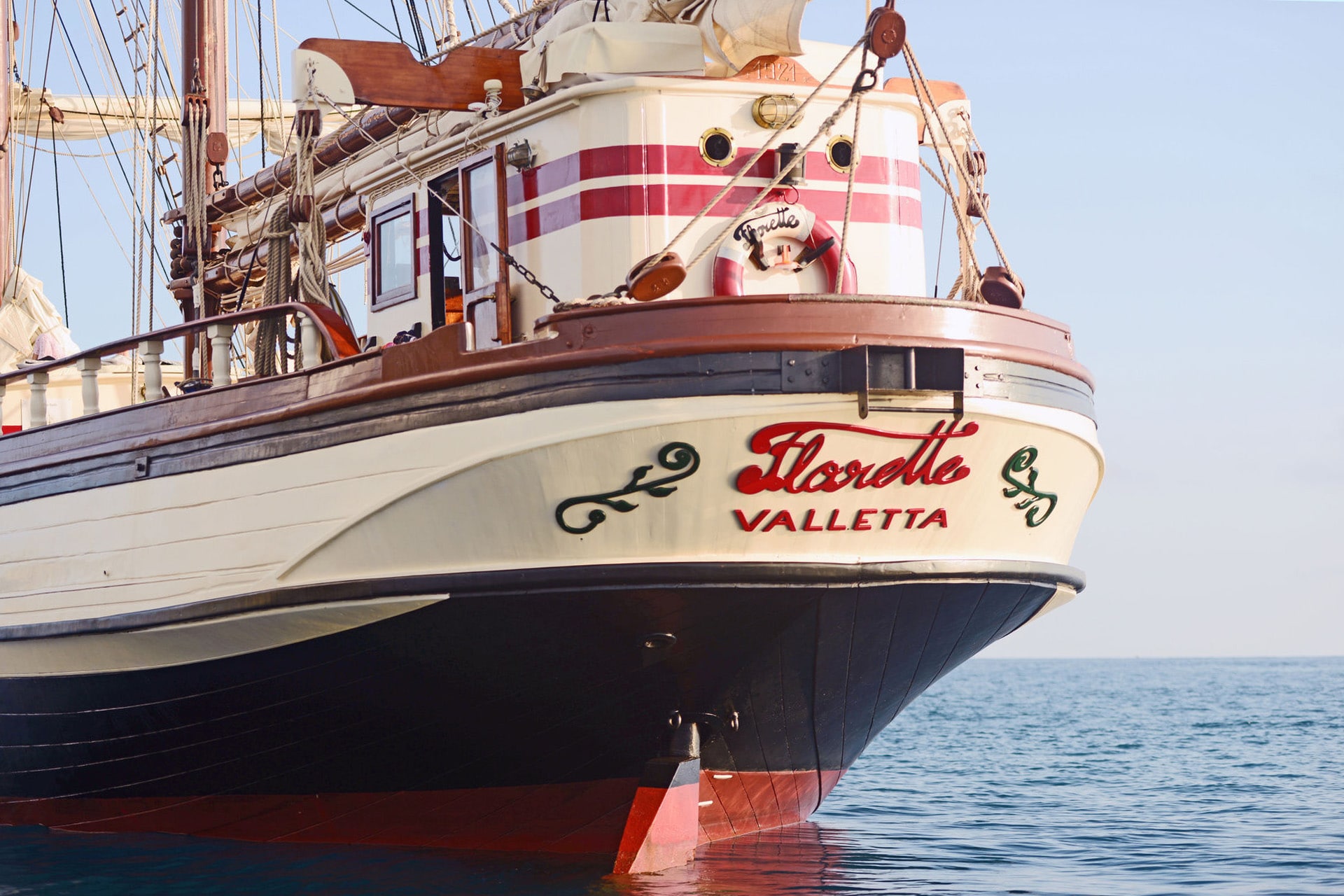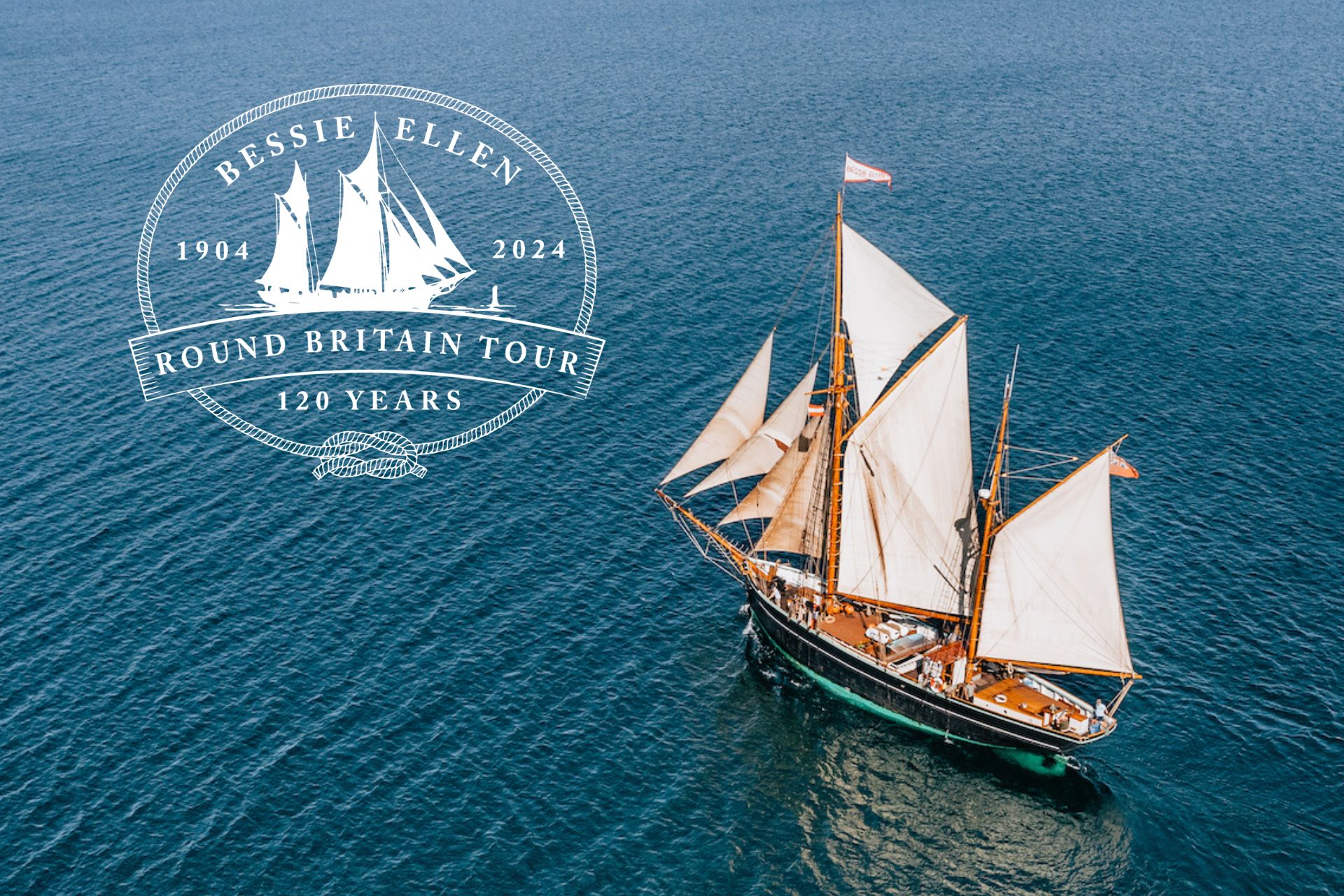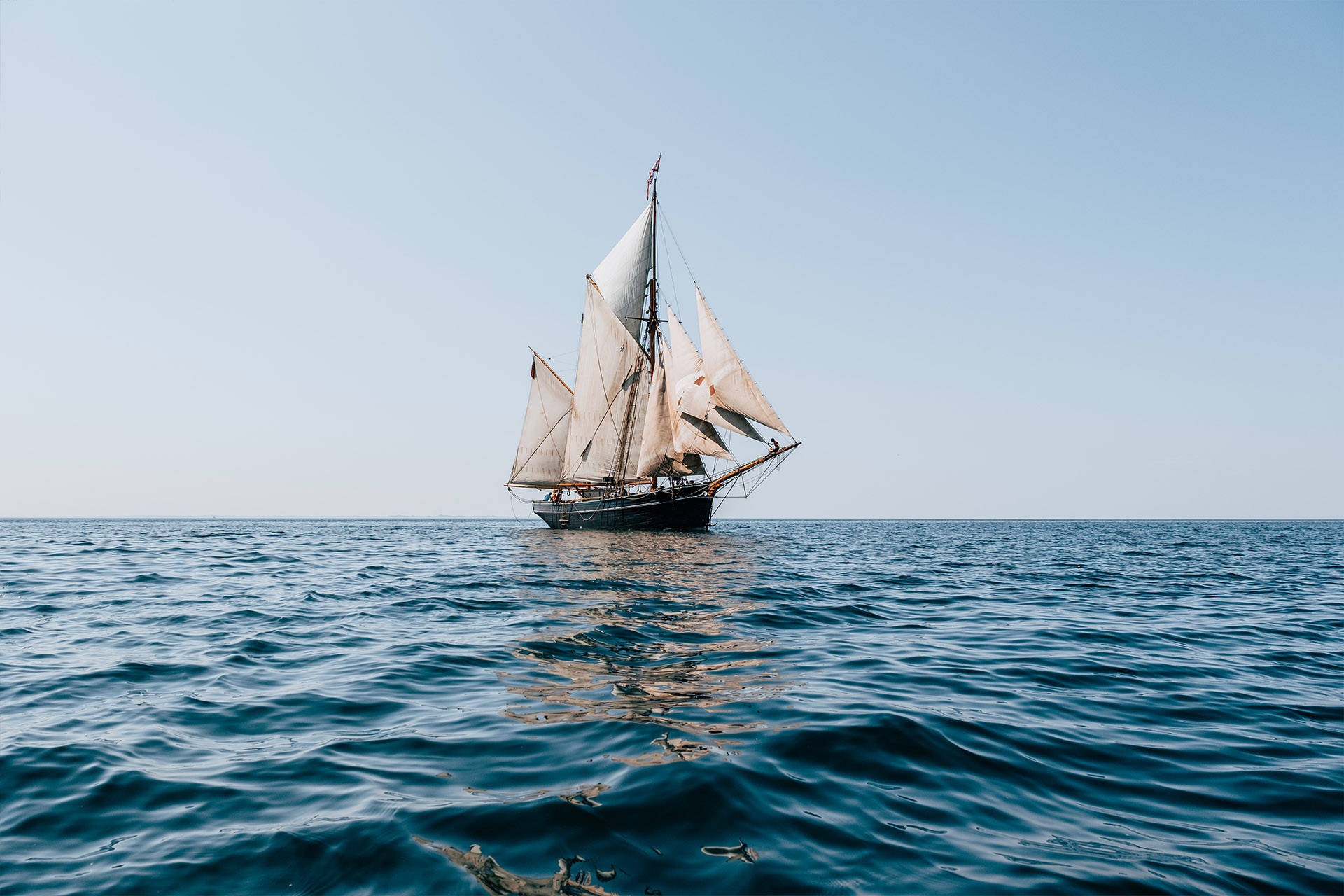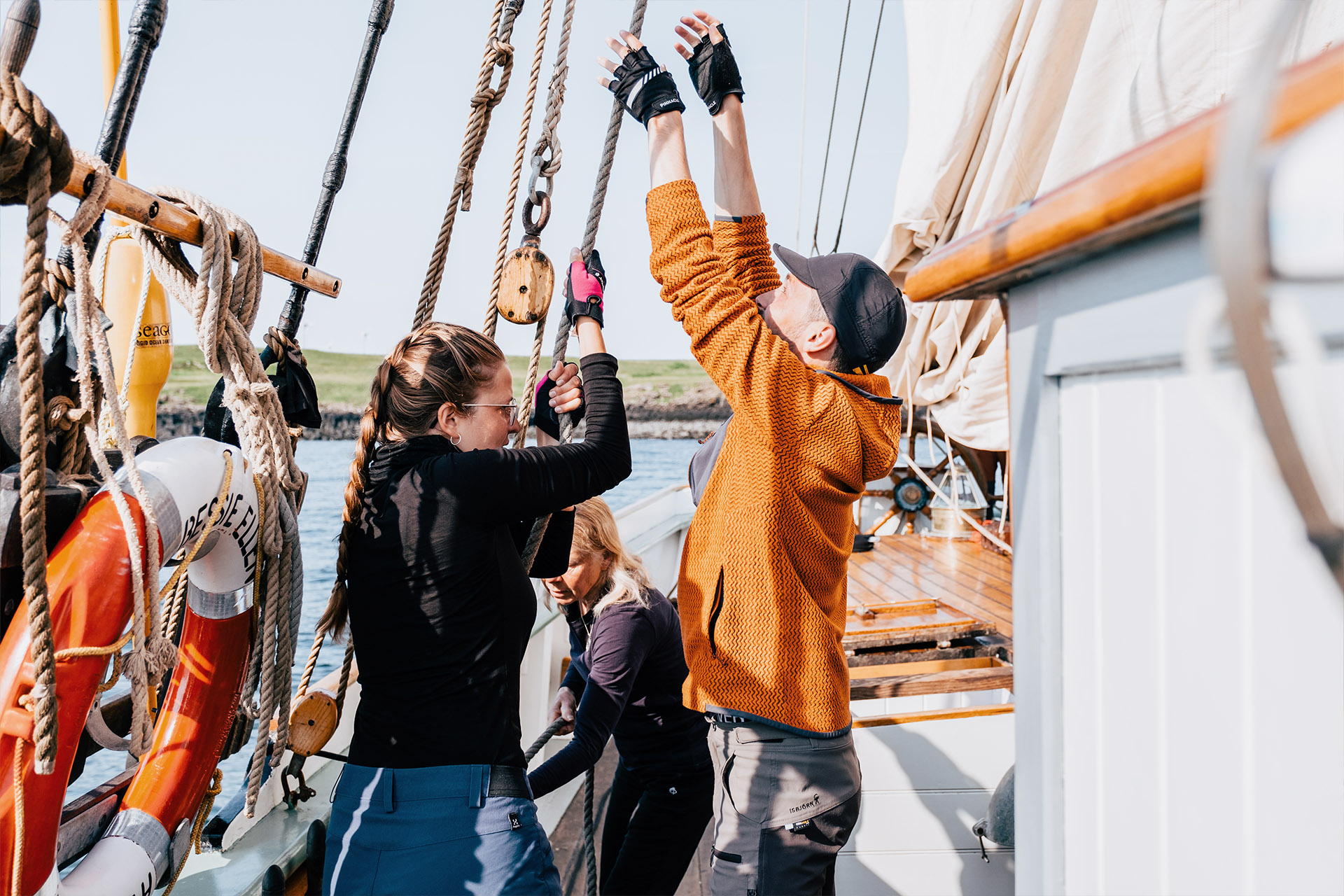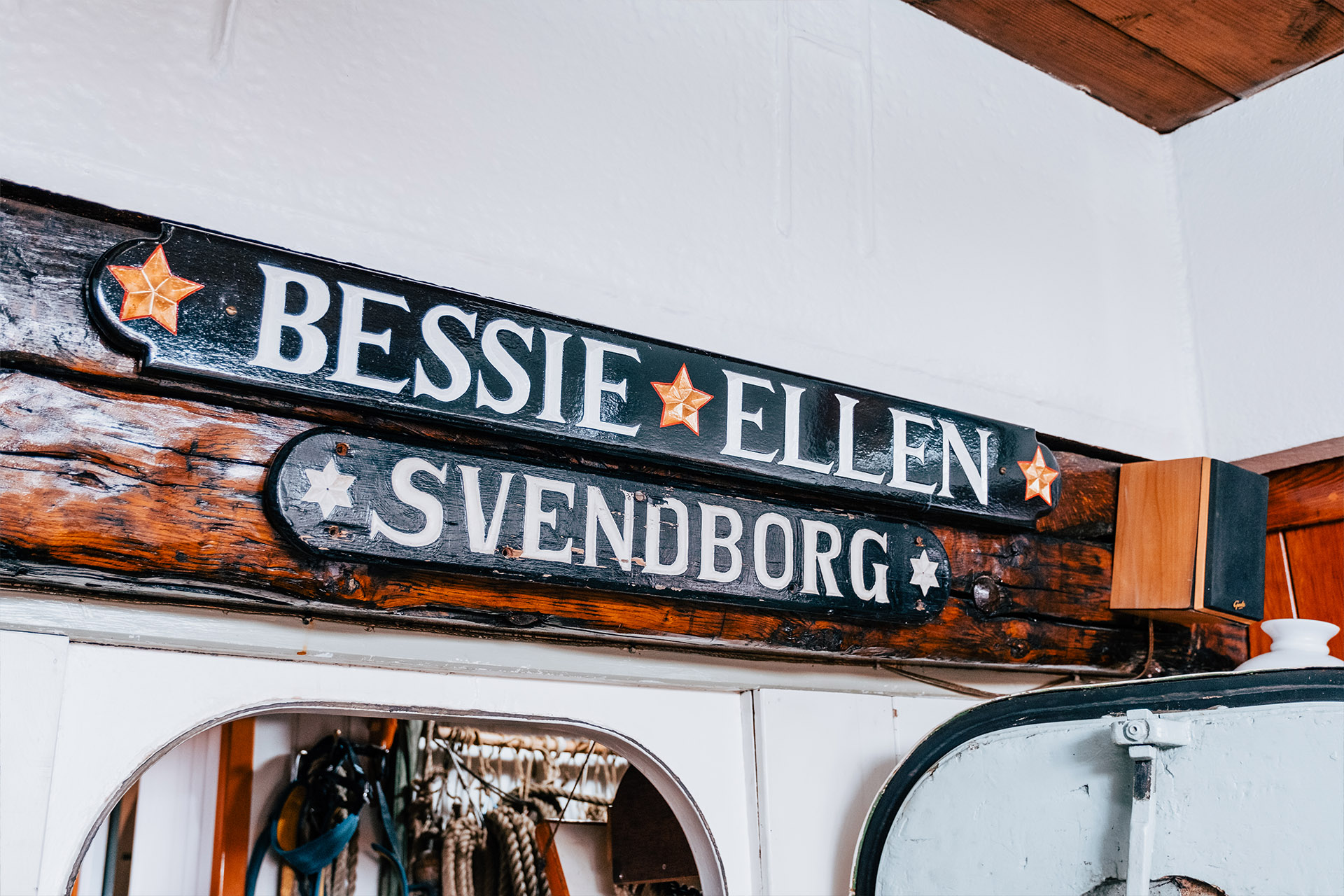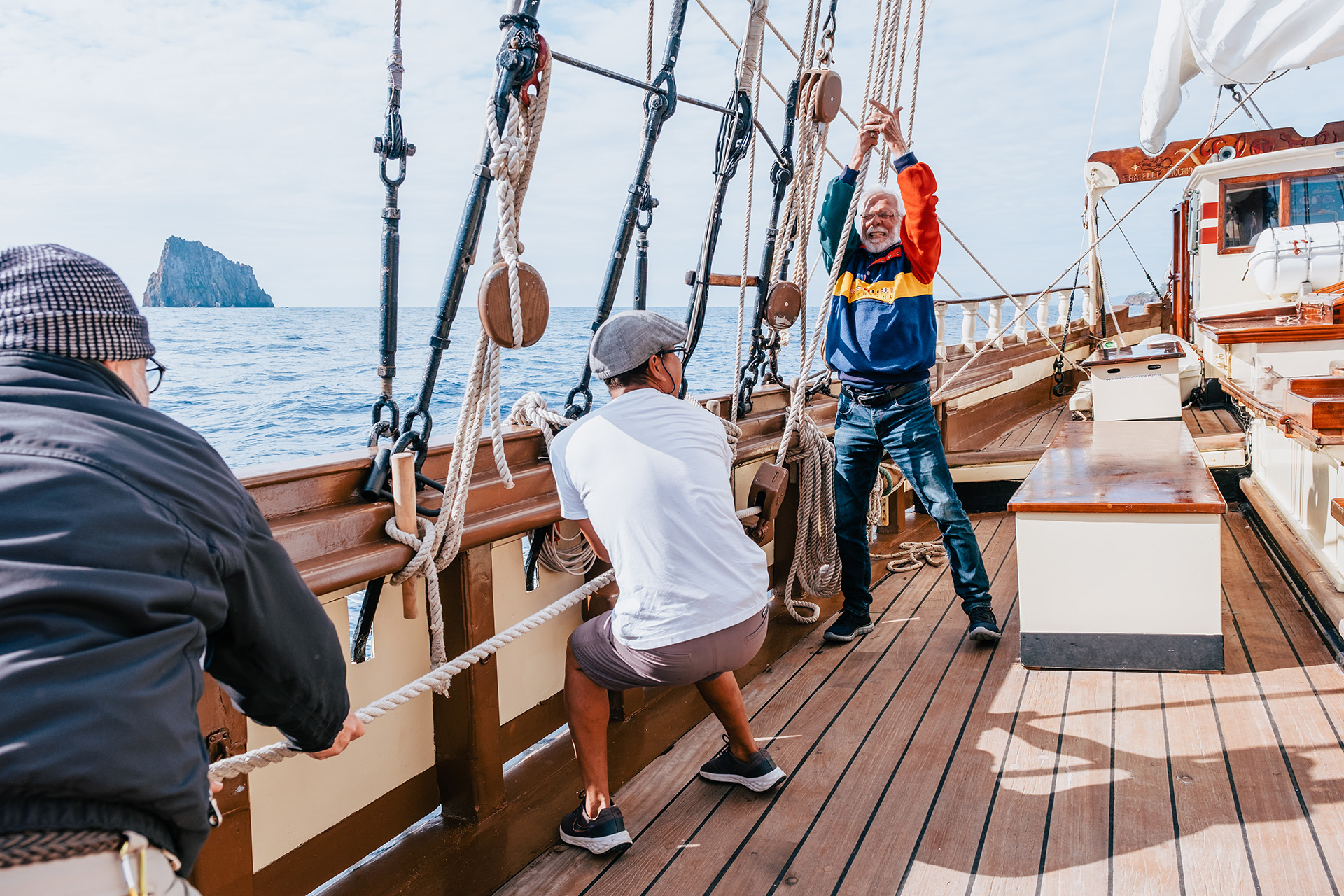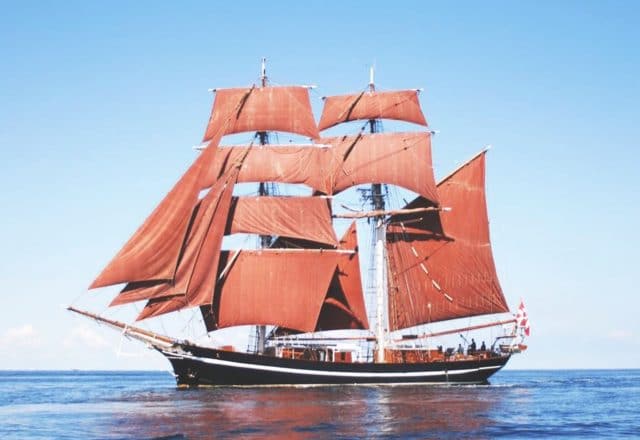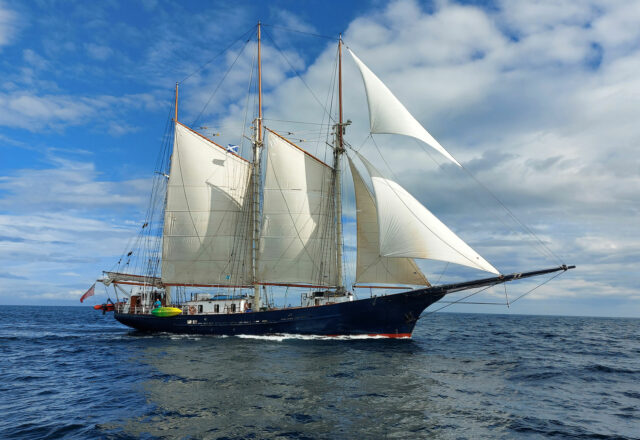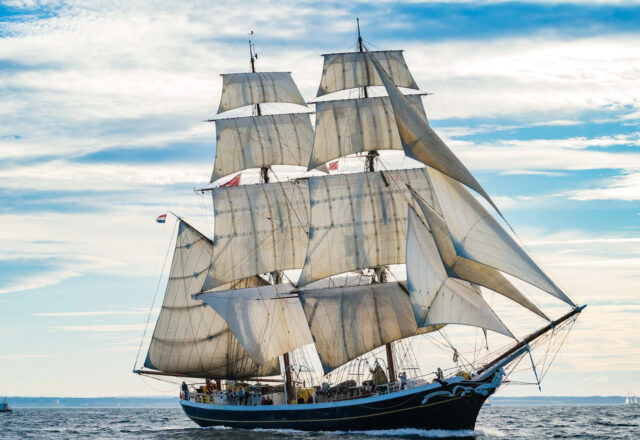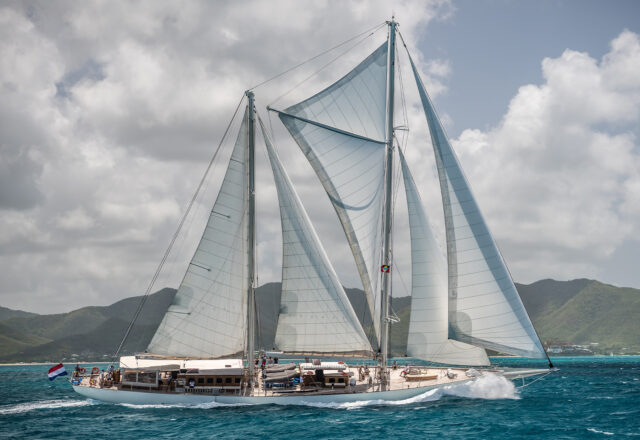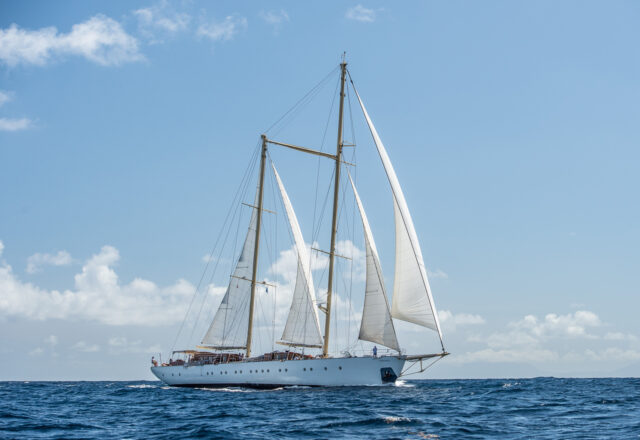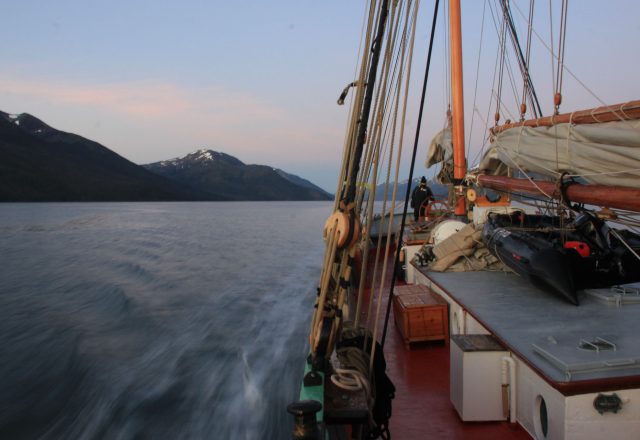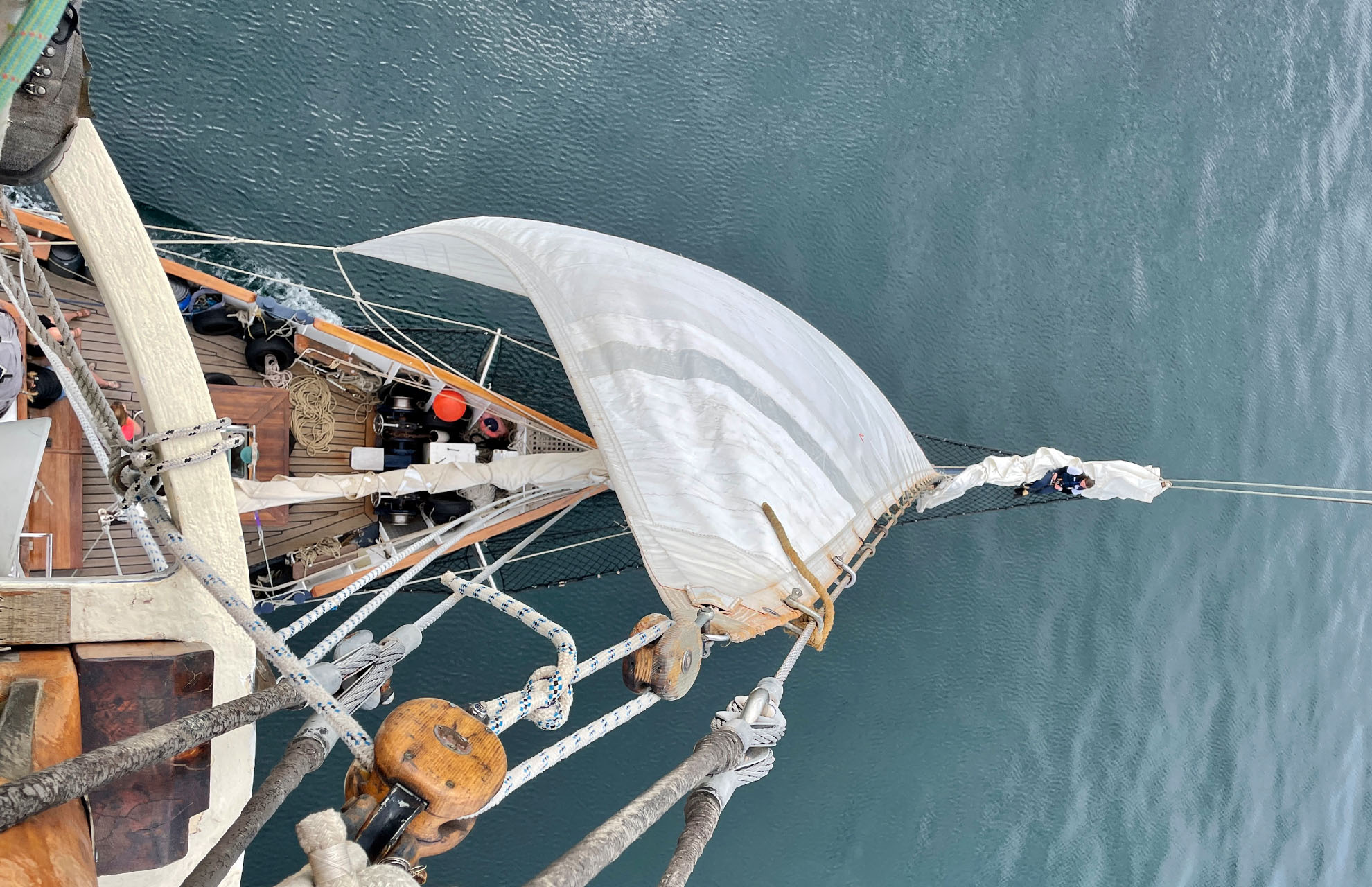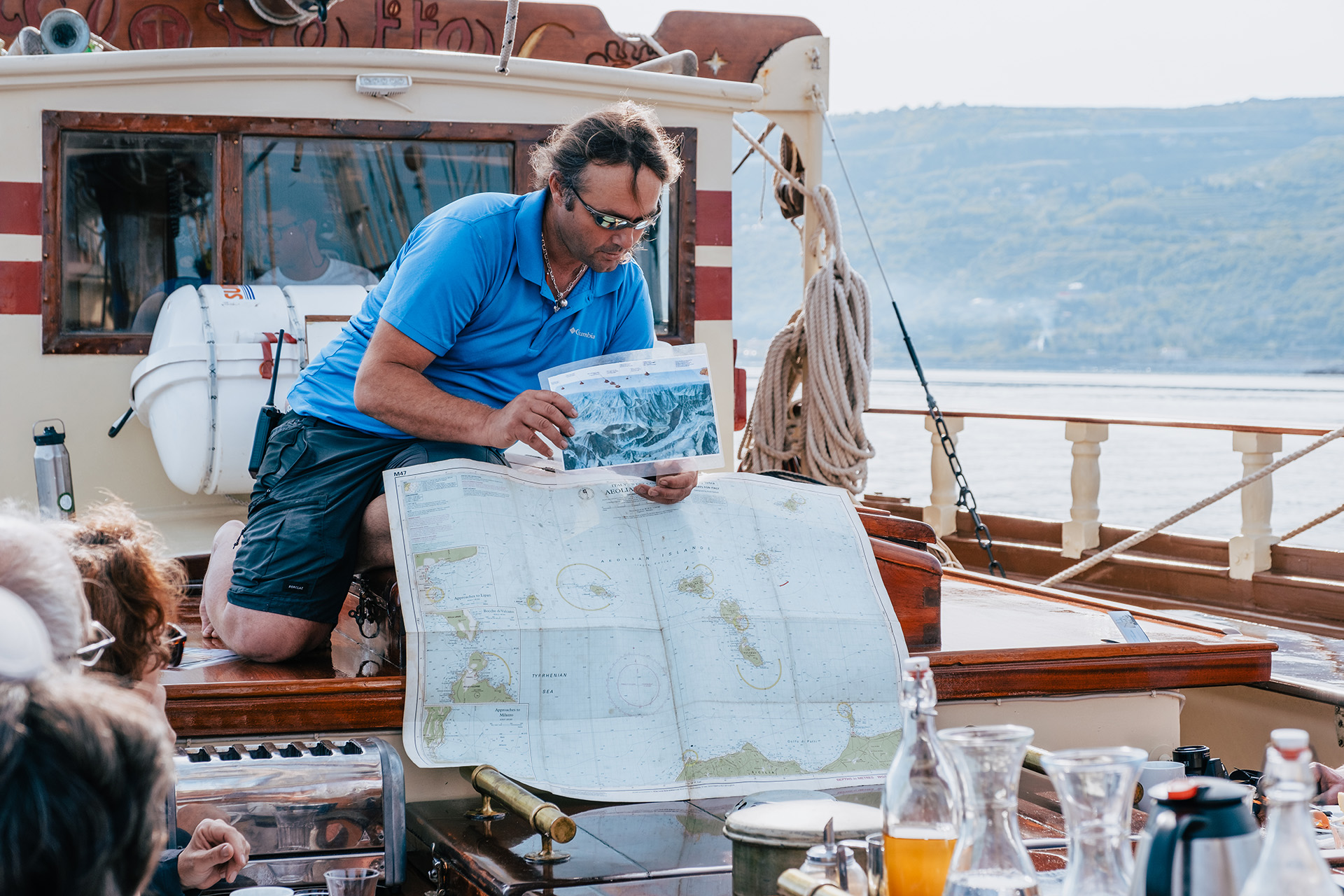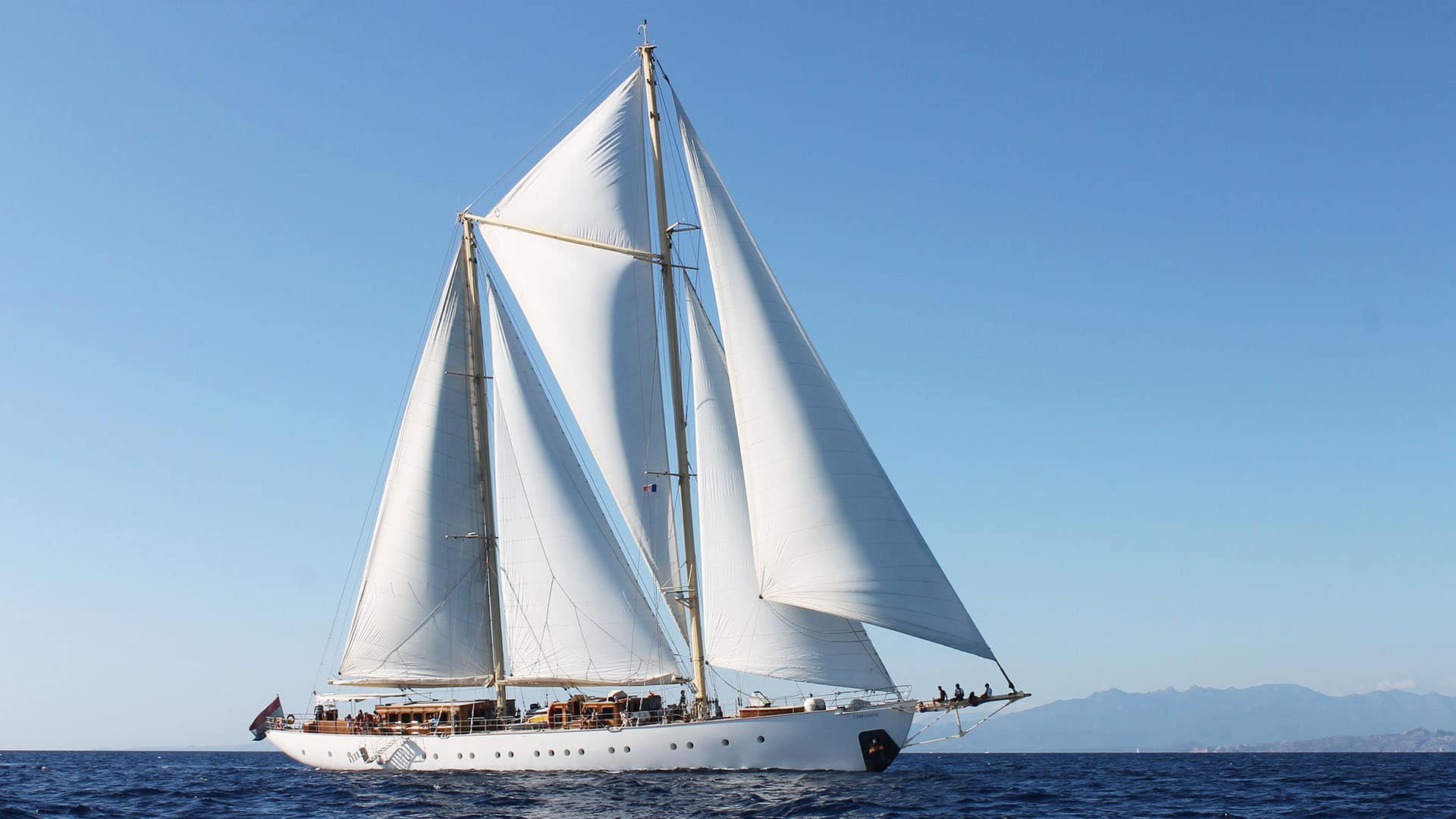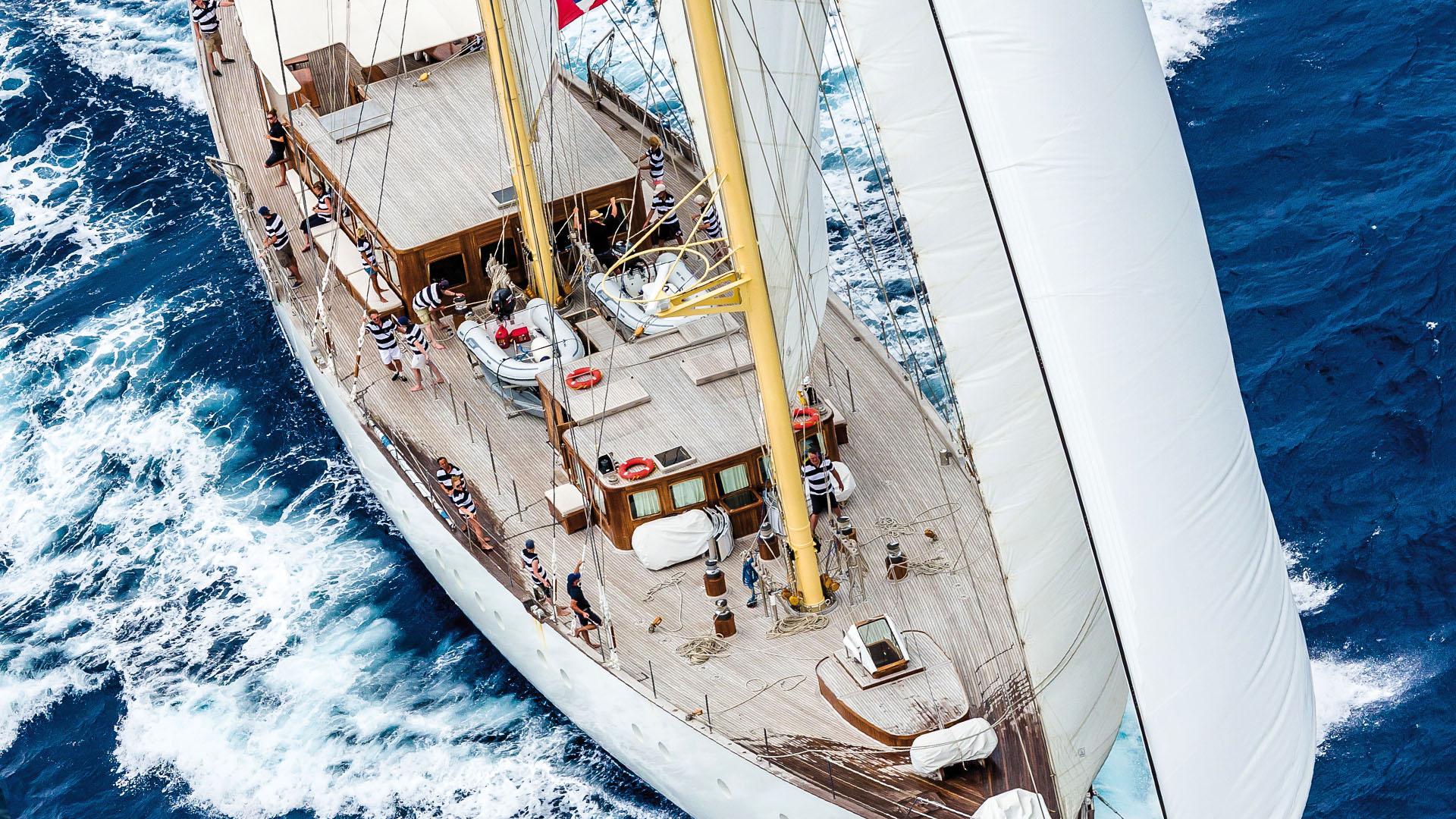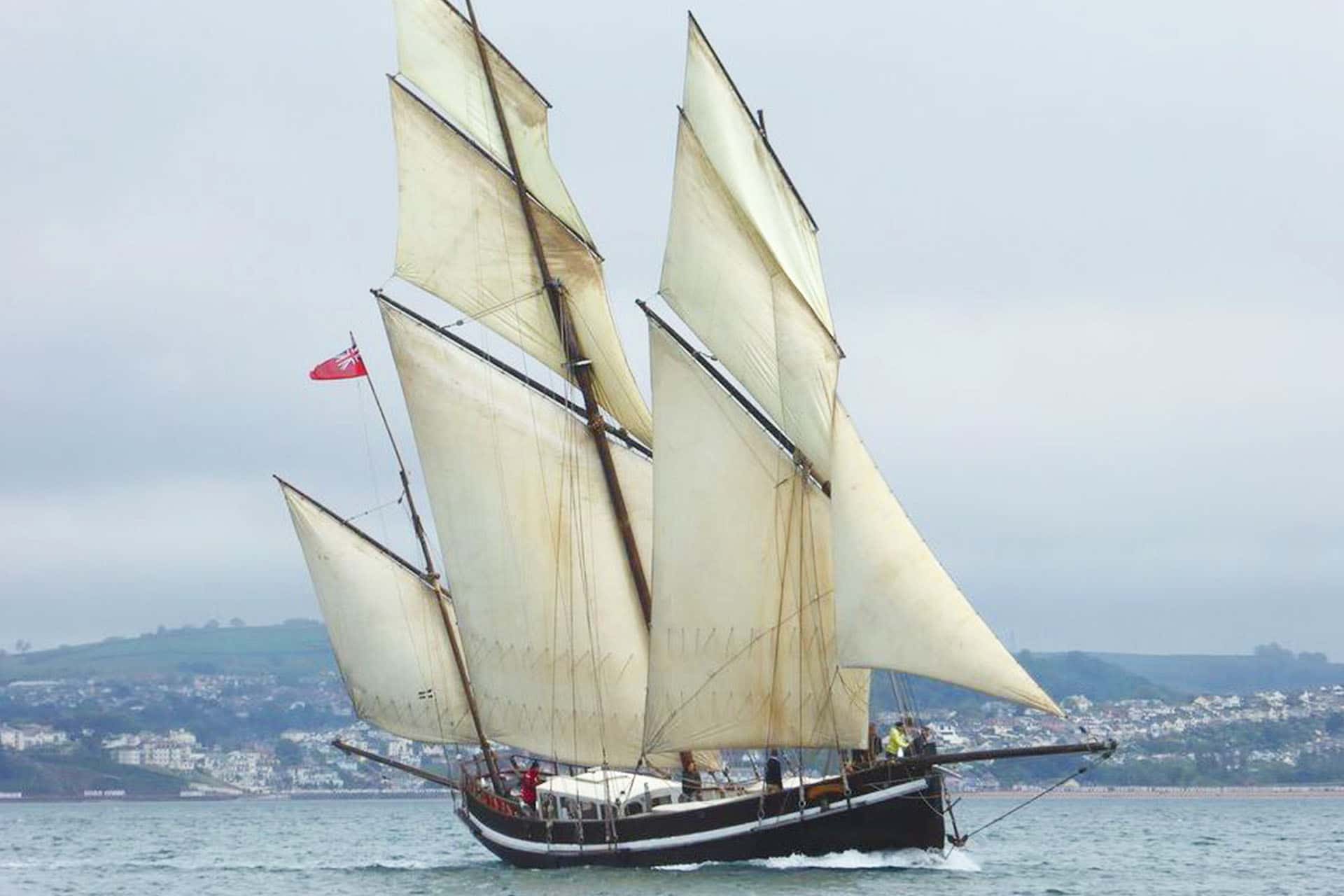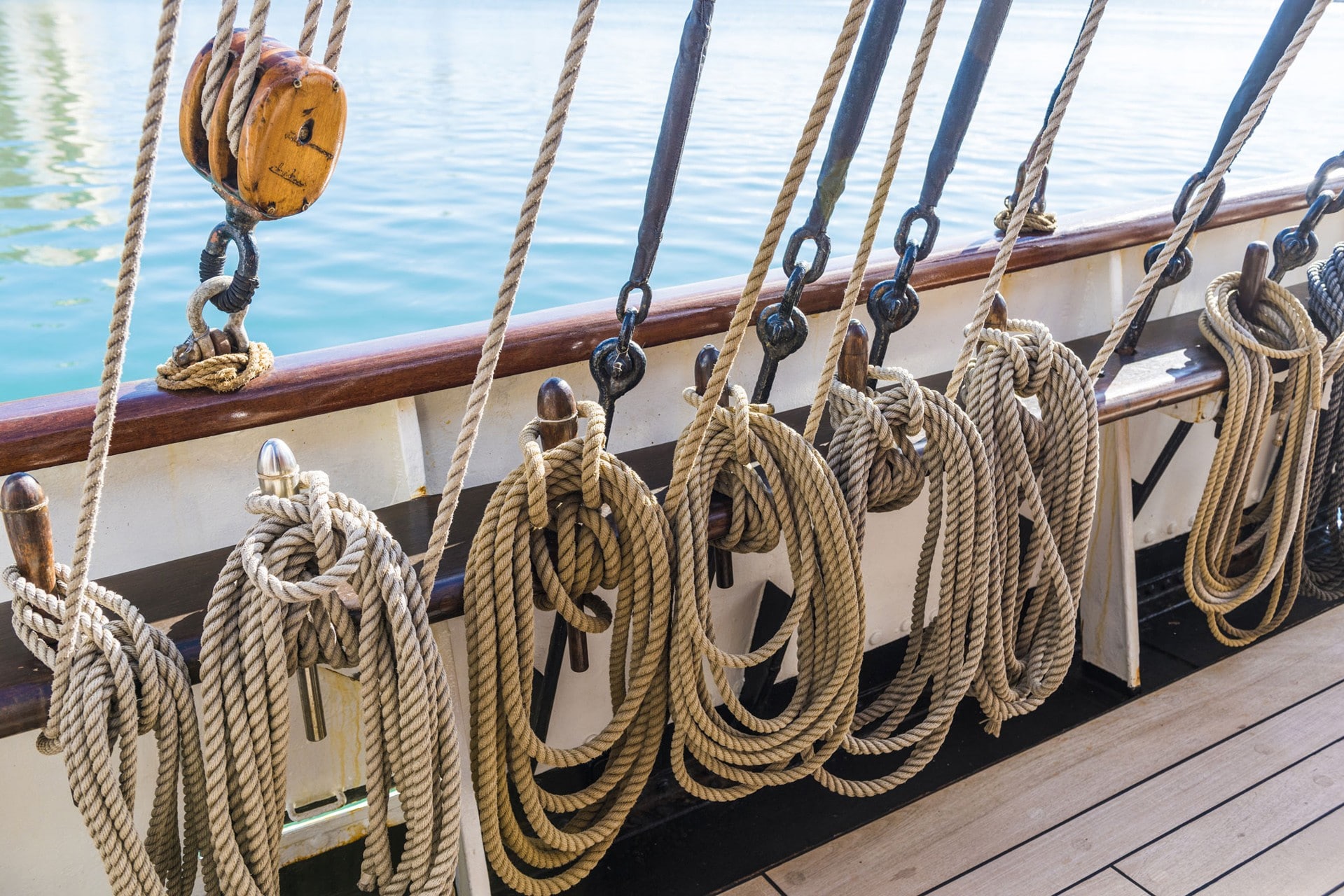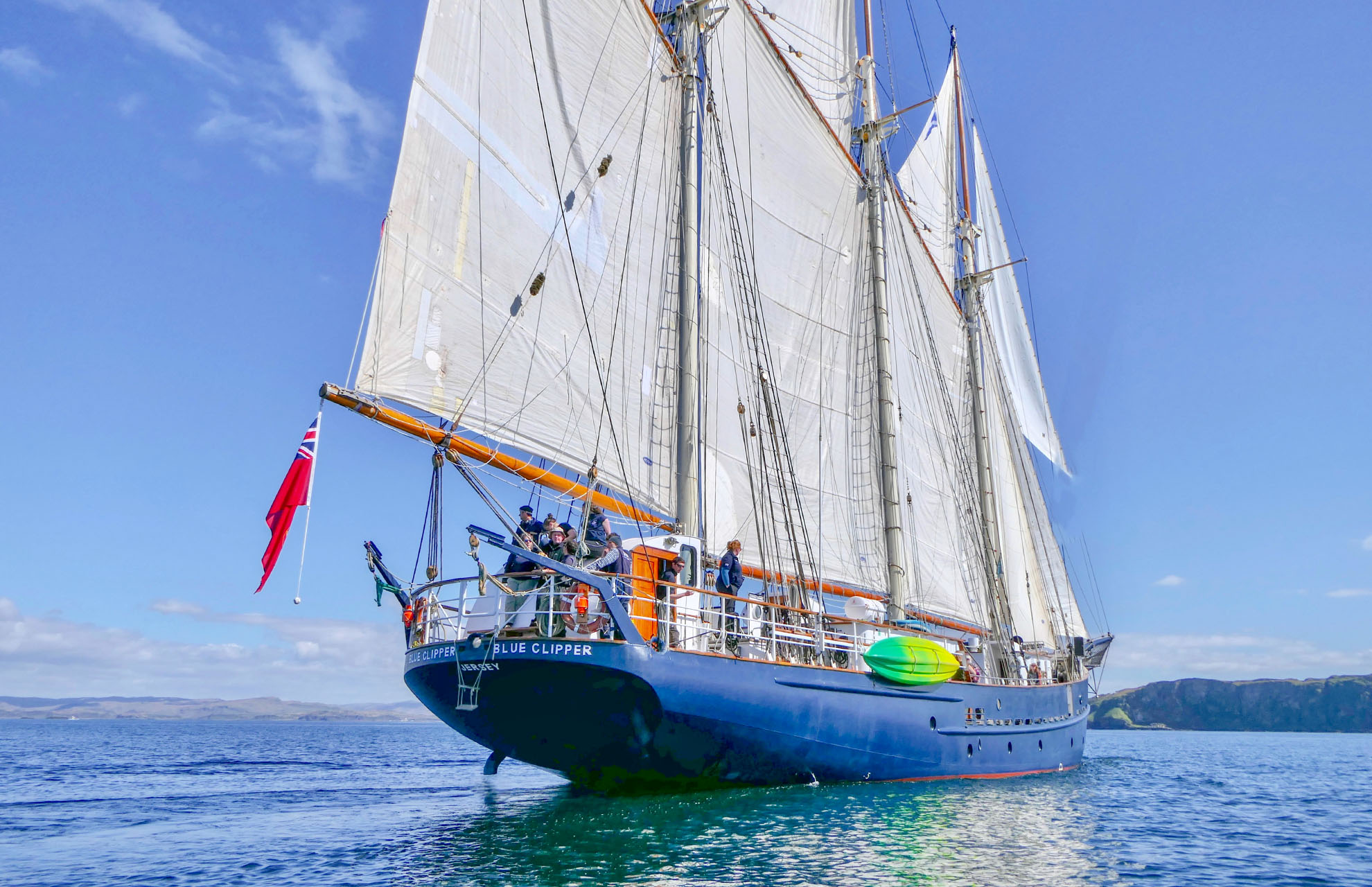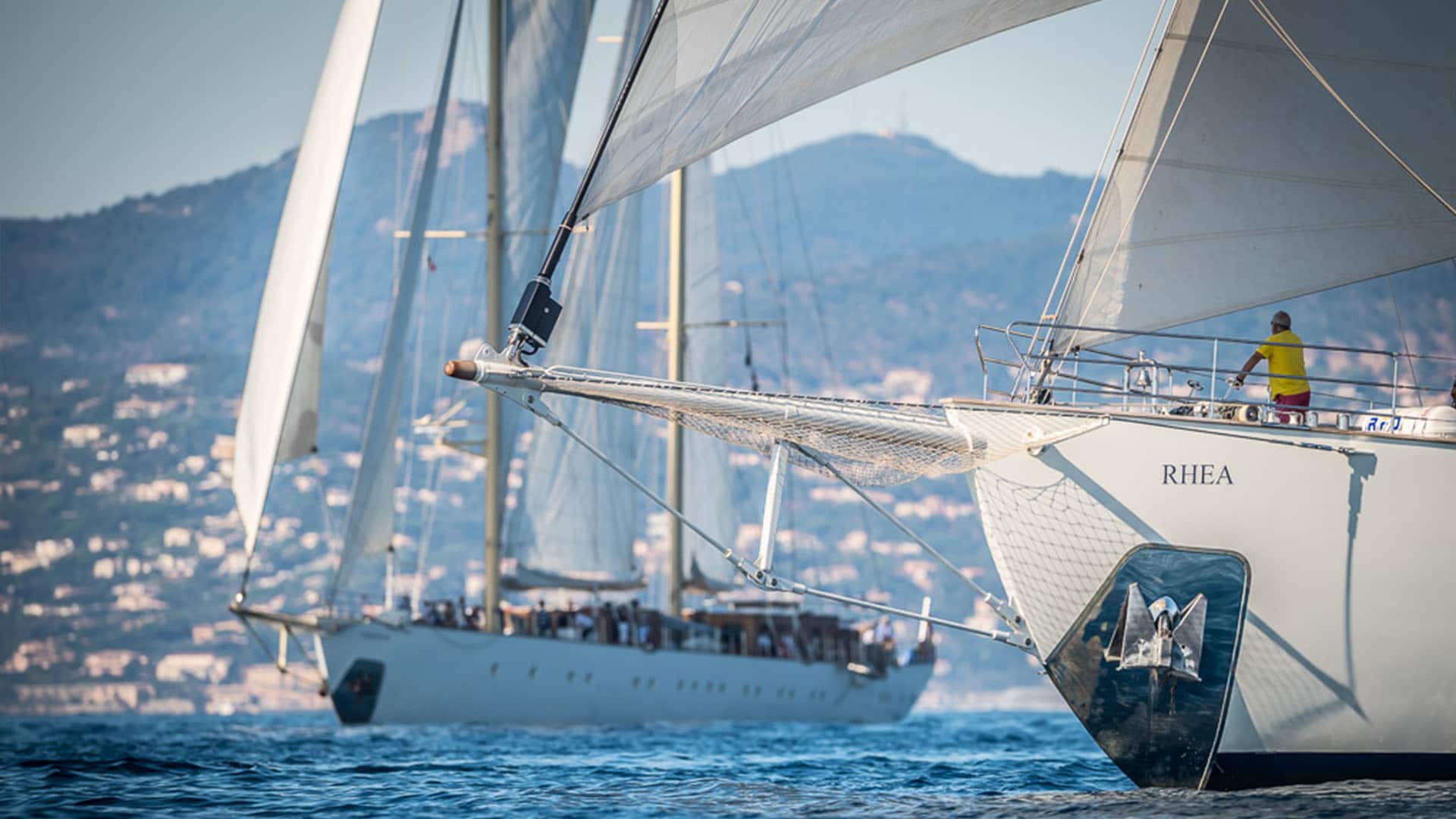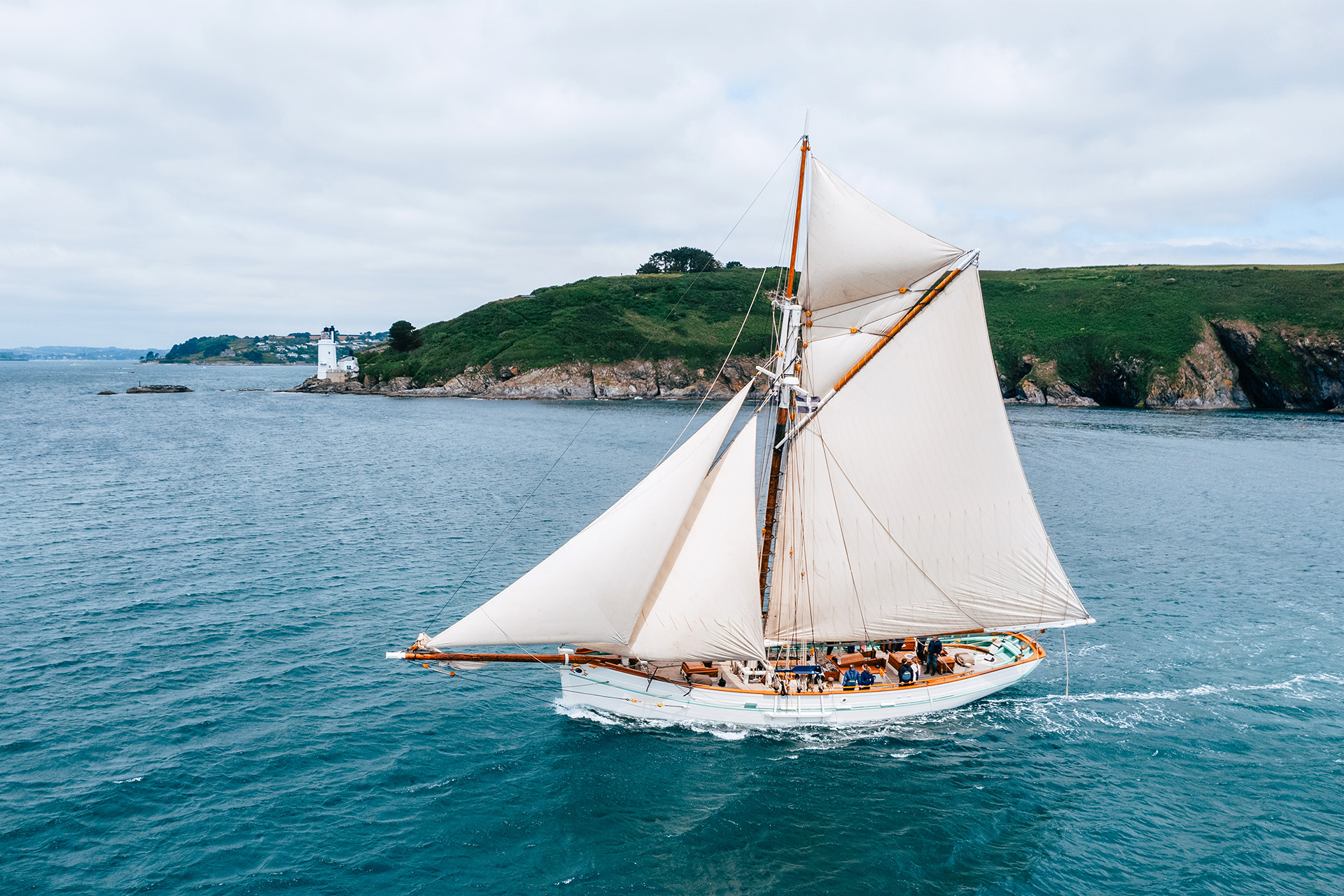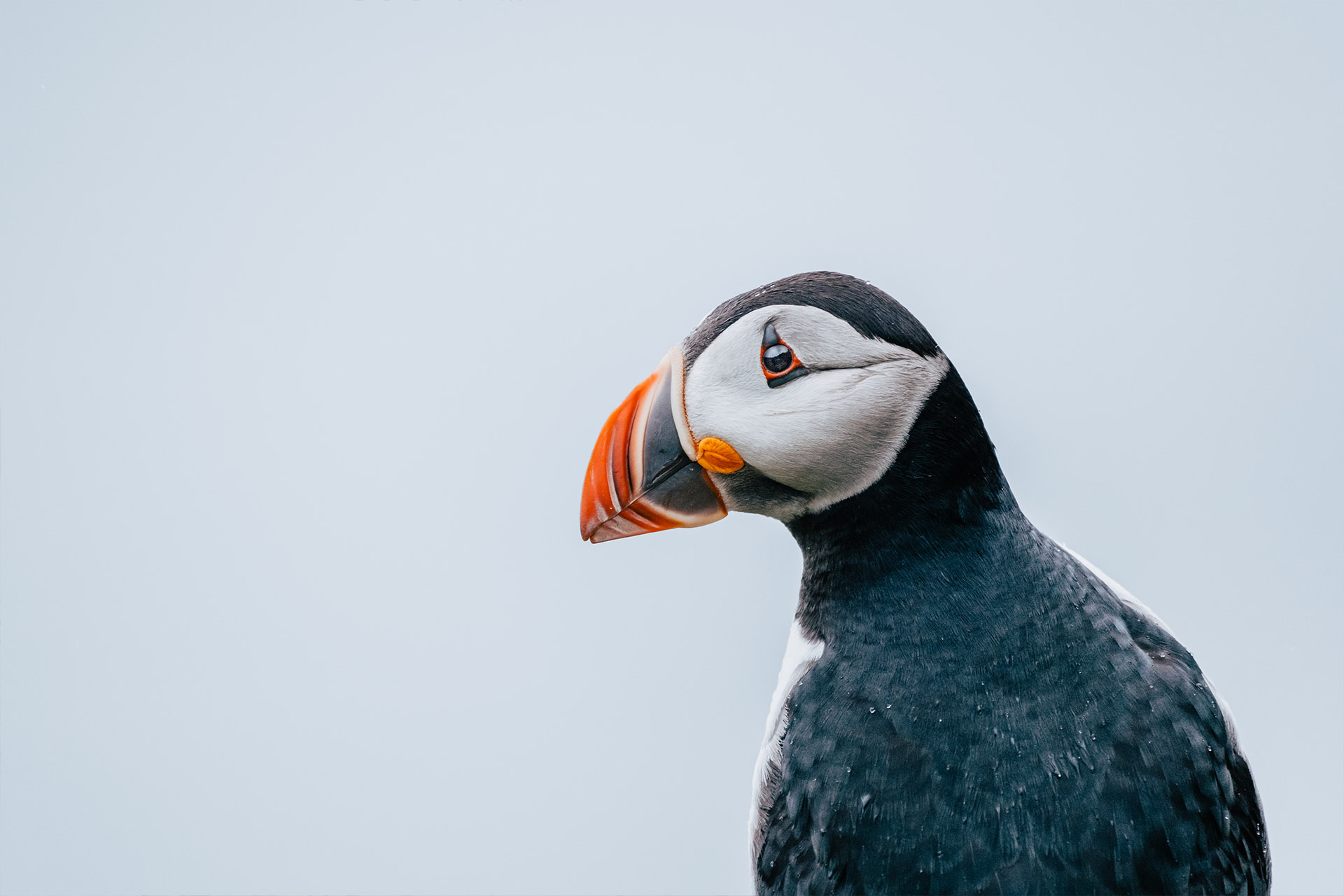
If you’re a nature lover wishing to see one of Scotland’s most adorable seabirds, the puffin, there’s no better way than on an adventure sailing holiday to the Hebrides. The craggy coastline and secluded islands of the Hebrides make it one of the best places to see puffins in Scotland. These remote islands provide ideal nesting sites for these colourful and intriguing birds. Join us as we set sail to three spectacular puffin-watching locations: the Treshnish Isles, St Kilda, and the Shiant Isles.
Puffins, sometimes known as “clowns of the sea,” or “sea parrots” are mesmerising seabirds with vivid orange beaks, dramatic black and white plumage, and a funny waddling stride. Puffins are well-adapted to a life on the water, as their wings are designed for underwater propulsion, allowing them to be excellent divers. They primarily feed on small fish, such as sand eels and herring. Breeding colonies are a significant part of puffin life. They nest in burrows or rocky crevices on cliffs and islands, where they lay a single egg. Both parents take turns incubating the egg and caring for the chick after it hatches. Puffins are monogamous and often return to the same nesting site year after year, forming strong bonds with their partners. Whilst puffins can be spotted all over the world in off the beaten track locations, the best places to see puffins in Scotland are truly remote, and often only accessible by boat!
When is the best time to see puffins in Scotland?
Plan your trip during the breeding season, from late April to early August, to experience the magic of puffins engaging in courtship displays, caring for their chicks, and thriving in their coastal colonies.
The Treshnish Isles
The Treshnish Isles are a series of small islands off the western shore of the Isle of Mull in Scotland’s Inner Hebrides. Lunga, Staffa, Bac Mr, and Dutchman’s Cap are the main islands in this archipelago. Highly regarded as one of the best places to see puffins in Scotland, the largest of the Treshnish Isles, Lunga, is famous for its thriving puffin colony. As you sail towards Lunga, you’ll be welcomed by stunning views of puffins sitting on cliff ledges, performing courtship dances, and plunging into the water to grab fish for their brood. The island provides ideal nesting conditions for these birds, with its rocky terrain and abundance of burrows. Visitors can get quite close to the puffins with careful approach, providing amazing chances for observation and photography.
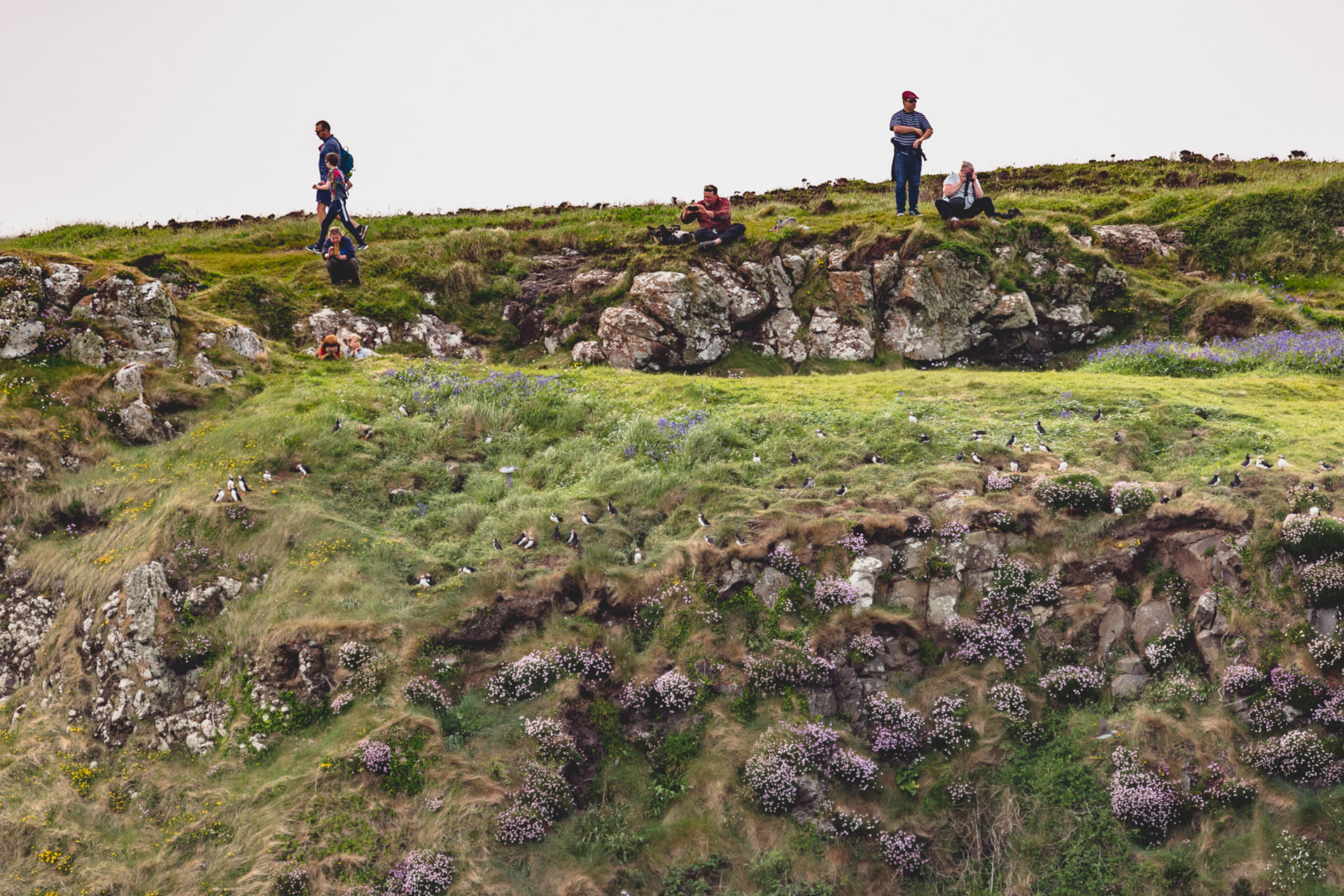
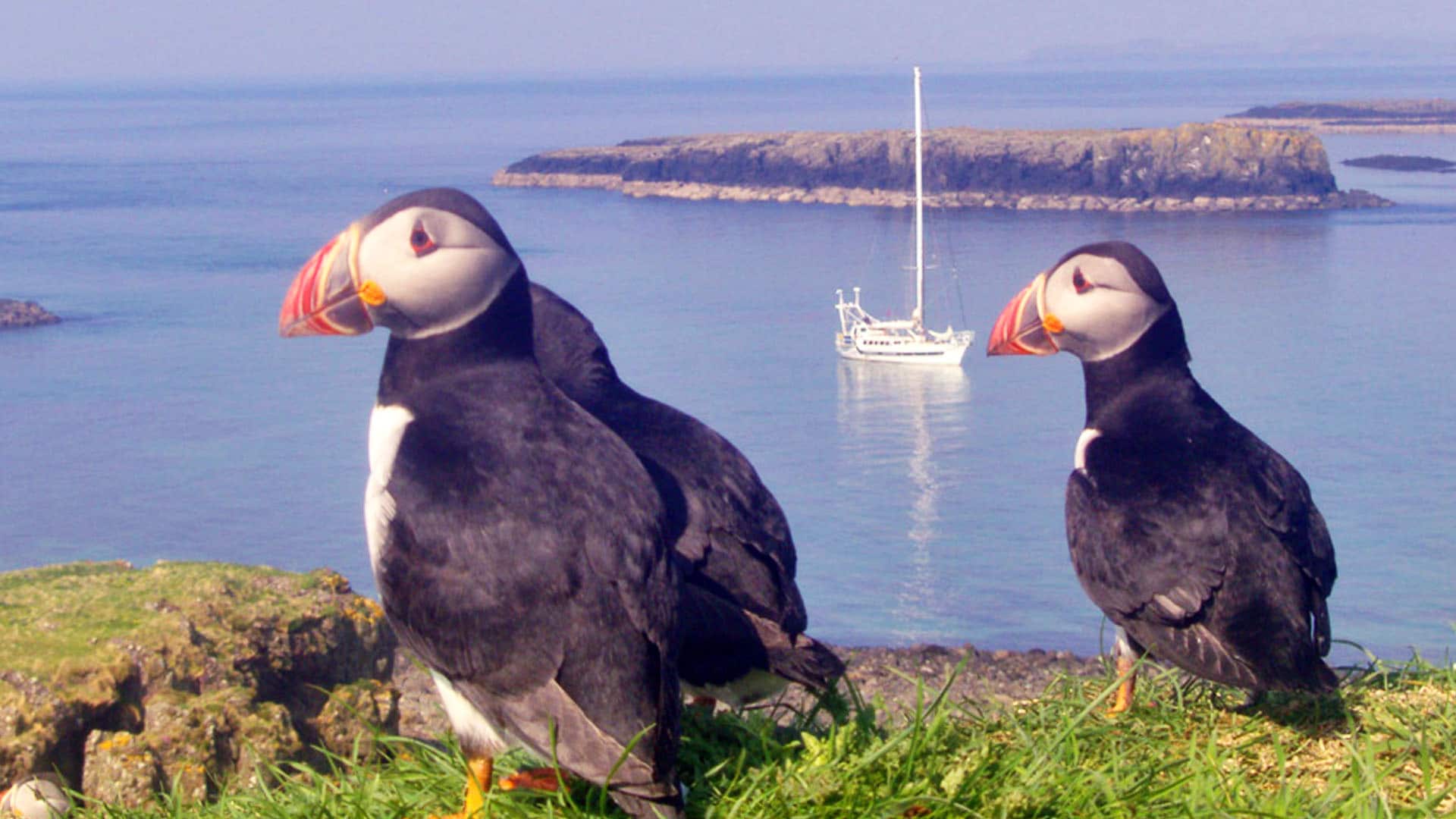

The St Kilda archipelago
Our sailing expeditions to Scotland often venture to the ‘islands at the edge of the world’, St Kilda. This UNESCO World Heritage site consists of four main islands: Hirta (the largest and only inhabited island), Dun, Soay, and Boreray. Sailing to St Kilda is an adventure in itself, as it requires crossing 42 miles of the open waters of the Atlantic Ocean. However, the effort is rewarded with an unforgettable encounter with one of the most significant seabird colonies in the world. Among the millions of seabirds that inhabit the islands, the puffin population stands out as one of the most iconic. Puffins find their nesting spots on the steep cliffs of St Kilda, creating a stunning spectacle as they come and go with fish to feed their chicks. The isolation of St Kilda has allowed its wildlife, including the puffins, to thrive undisturbed.
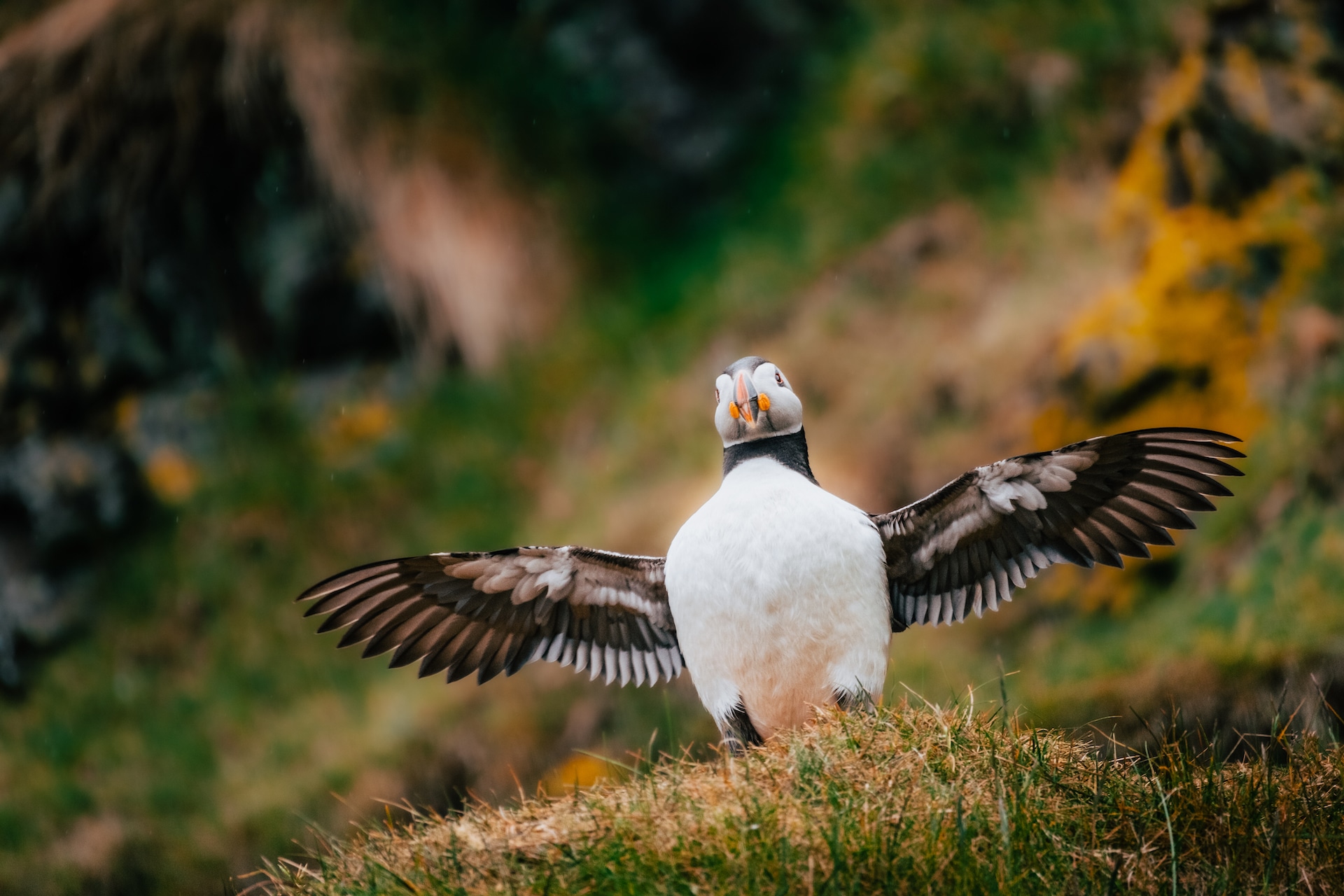
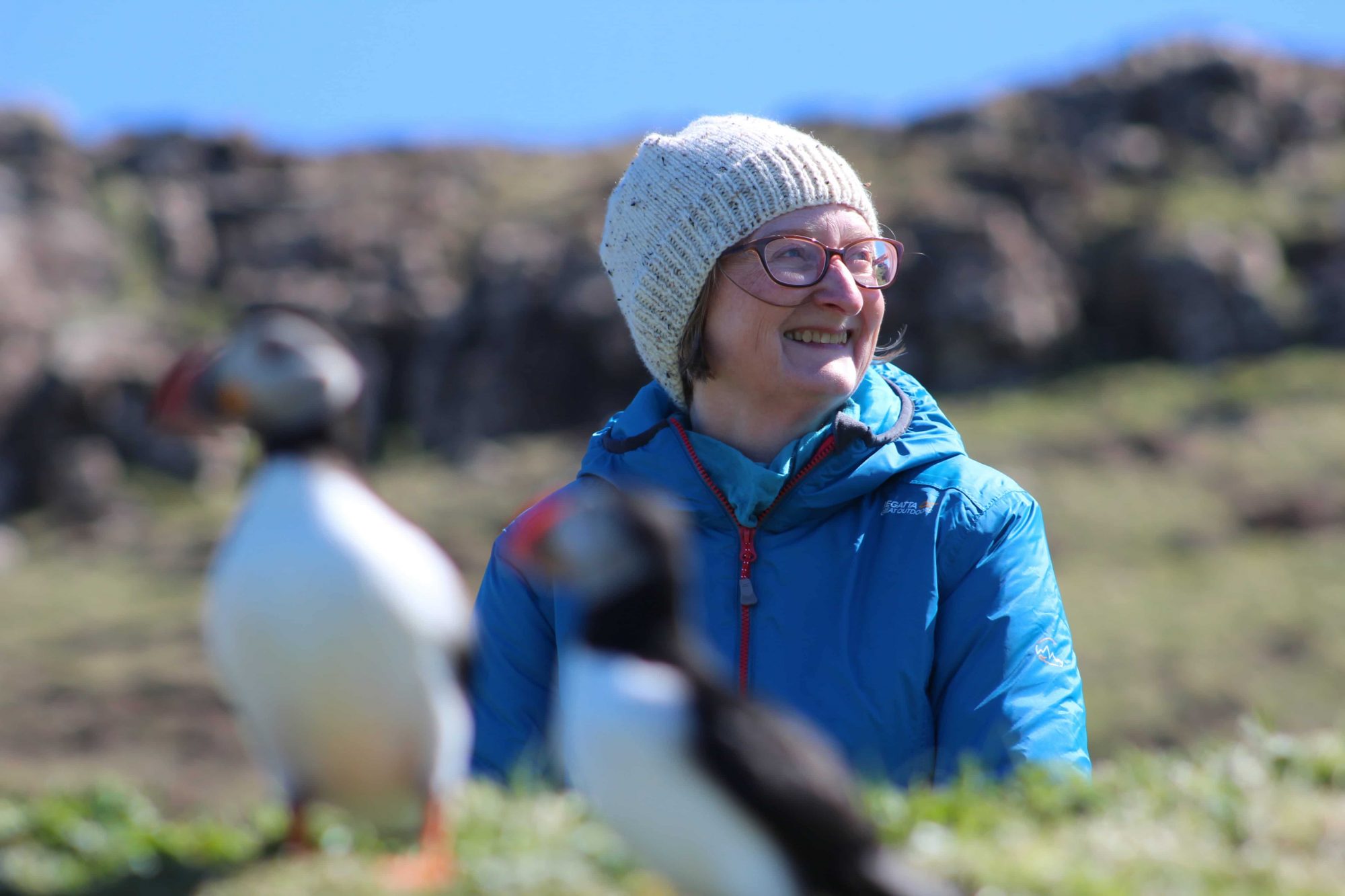
The Shiant Isles
The Shiant Isles, also known as the “Enchanted Isles,” lie in the Minch, a strait that separates the Inner and Outer Hebrides of Scotland. The Shiant Isles are home to a diverse range of seabirds, with puffins being one of the major attractions. These islands are a vital nesting site for the puffins, providing an ideal habitat for breeding and raising their young. Only accessible by boat, whilst being fairly close to the mainland, the Shiant Isles are one of the best places to see puffins in Scotland off the beaten track! As you approach the Shiants on your sailing vessel, you’ll be welcomed by the raucous calls of seabirds filling the air. The cliffs of the Shiants are dotted with puffins, offering an incredible opportunity to observe and photograph these charming birds up close.
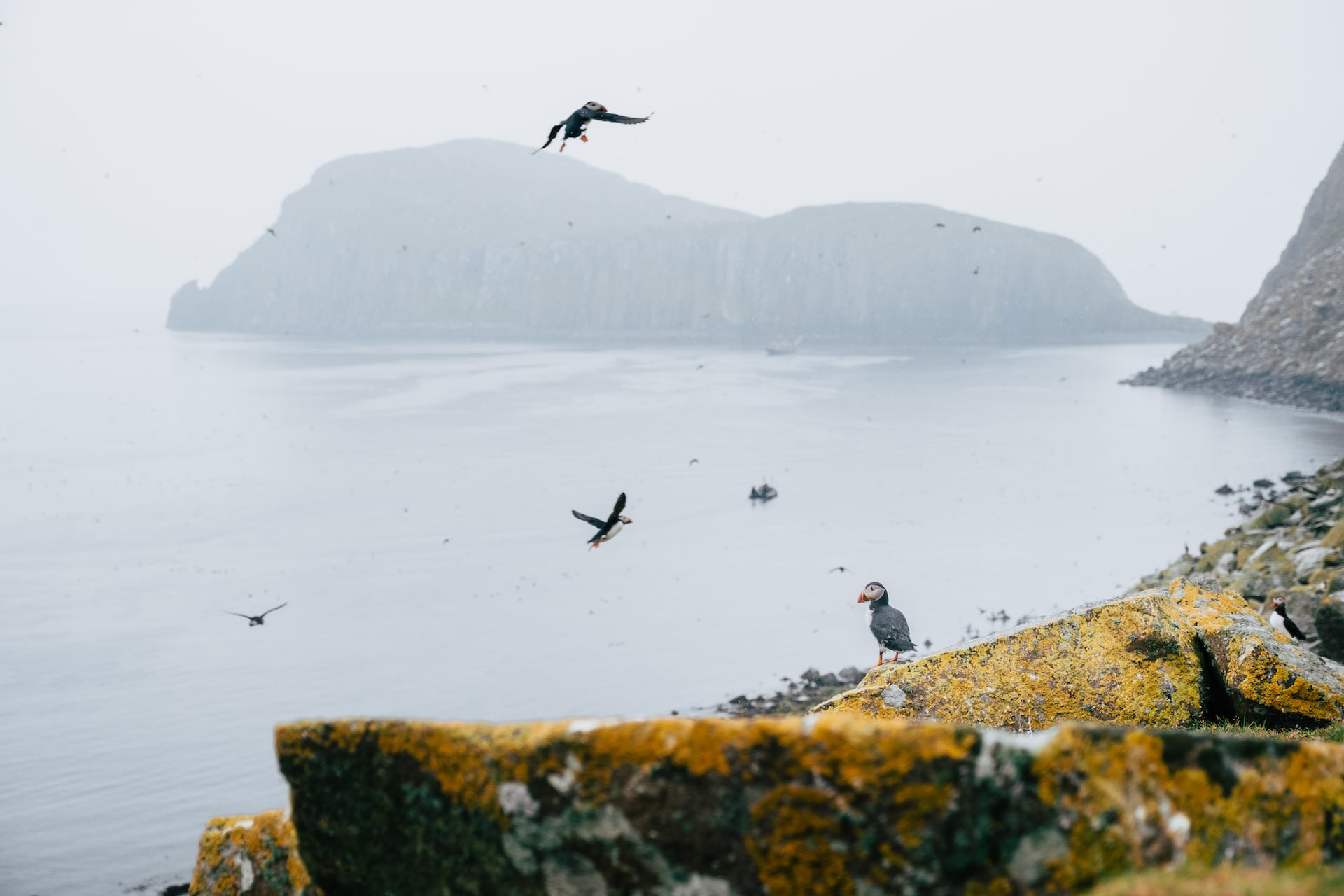
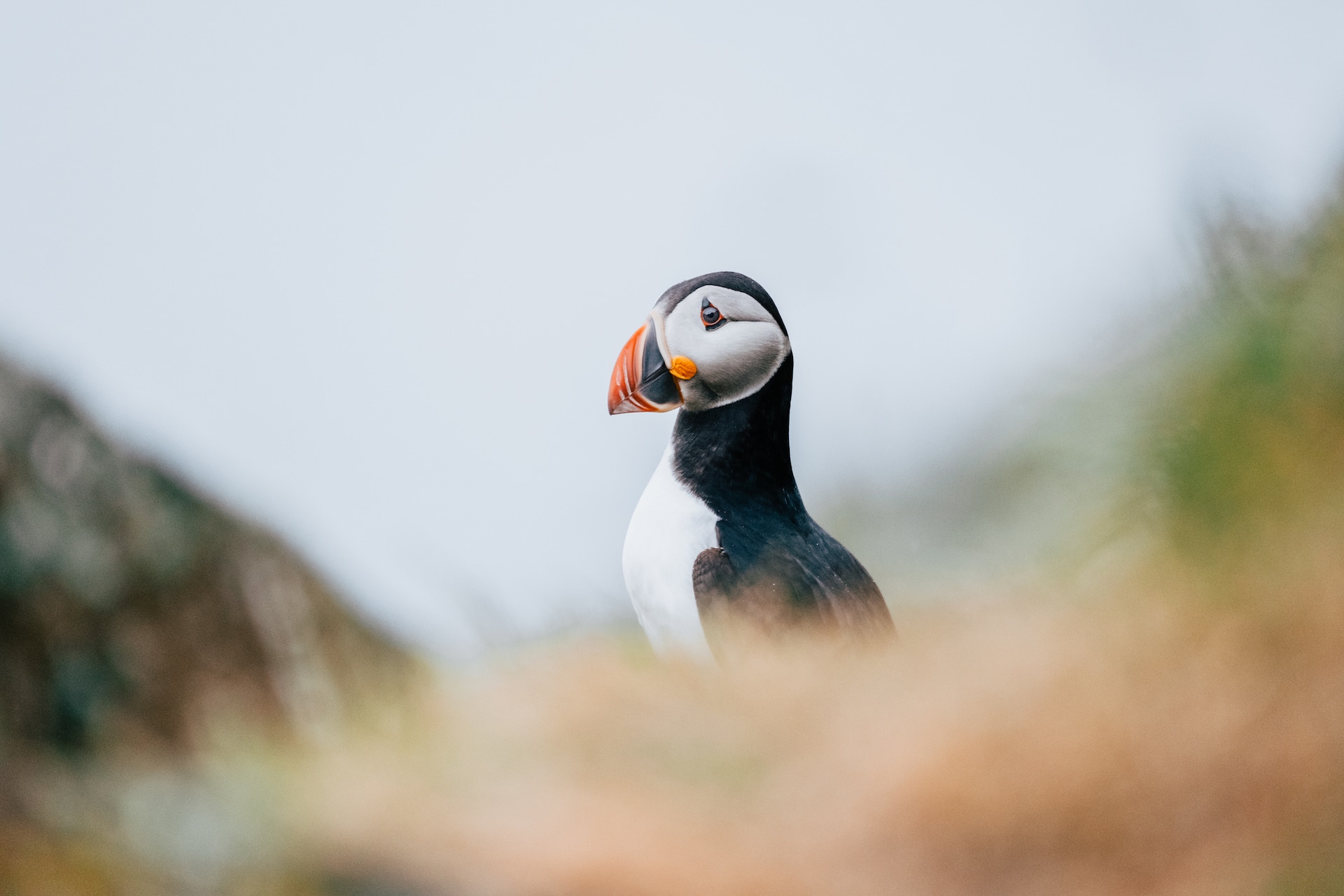
Set sail on a puffin spotting adventure
All our sailing expeditions to Scotland provide a gateway to some of the most remarkable places to see puffins in Scotland. From the Treshnish Isles’ abundant wildlife to the remote splendour of St Kilda and the enchanting Shiant Isles, each destination promises an extraordinary encounter with these lovable seabirds amidst breathtaking natural surroundings. Whether you’re an avid birdwatcher or simply a nature lover, our sailing adventures offer an unparalleled opportunity to witness the comical charm of puffins in their natural habitats.

